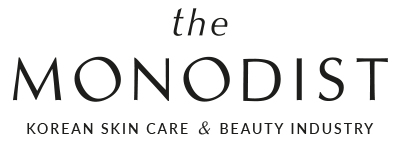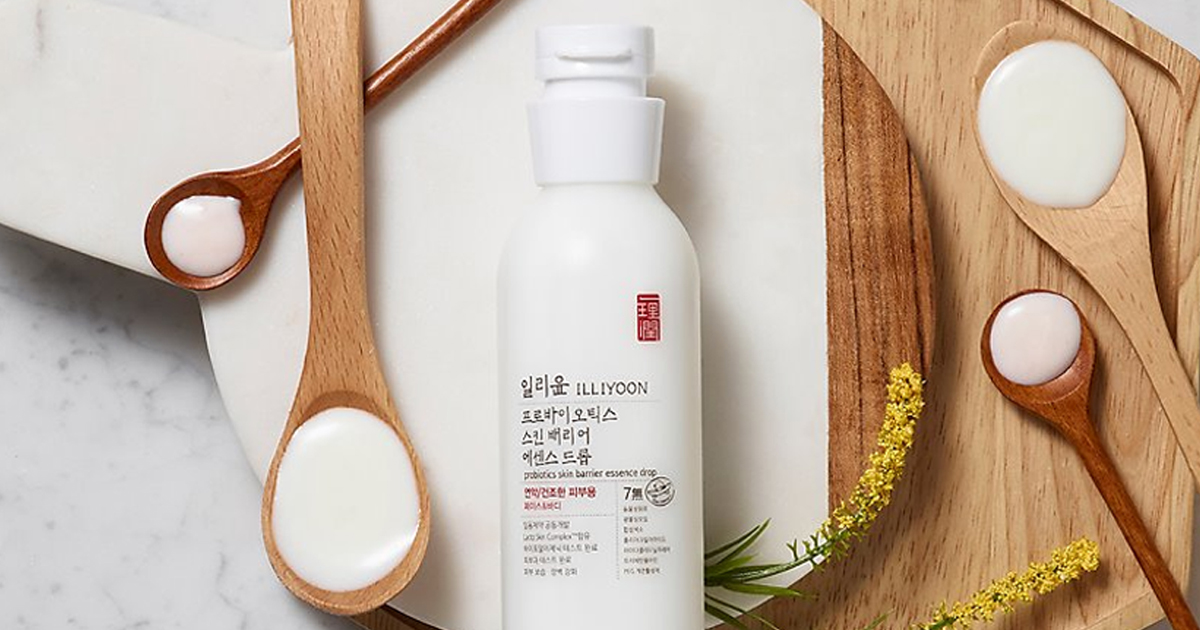
Korean probiotic skincare 101
Following my video on probiotic skincare, I wanted to write a post to cover the topic in more detail. A lot has been said and written about the role of topical probiotics in skincare, however in this post I will focus on why probiotic skincare has recently gained momentum in Korean skincare and how to navigate probiotic K-Beauty.
When you hear the word ‘probiotics’, you probably think of foods like yogurt, kimchi or kombucha and the positive effects they have on your gut health. Probiotics have recently been linked to several other benefits, including improvements to the skin barrier. But what is probiotic skincare and does it really work?
The basics
The World Health Organization defines probiotics as “live microorganisms which when administered in adequate amounts confer a health benefit on the host”. Until recently, probiotics were mostly used to treat gastrointestinal disorders, however new advancements in the study of the human microbiome, showed that they could also have an application in skincare.
‘Microbiome’ is a combination of the words ‘microbe’ and ‘biome’ and indicates a beneficial ecosystem of microorganisms inhabiting the human body. It’s estimated that around 1000 species of bacteria populate the skin of a human adult.
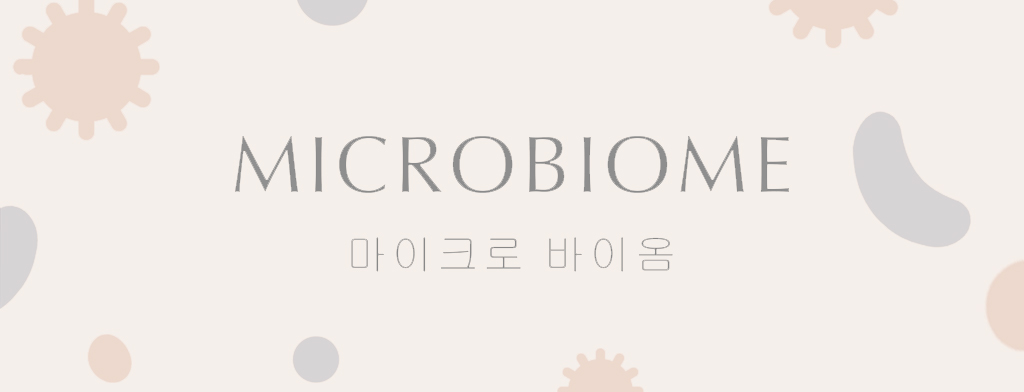
Scientists recently discovered that, much like DNA and fingerprints, every person is born with a different combination of microbiomes. A good balance of these microorganisms is essential in maintaining a functional skin barrier as well as a healthy immune system. When this balance is disrupted, our skin becomes more vulnerable to external aggressions and, as consequence, becomes also more prone to irritation or inflammation.
Our unique combination of microbiomes evolves throughout our lives and there are many factors that can affect it. The most notable ones are: UV rays, pollution, aging, stressful lifestyles, unhealthy diets and hormonal changes. Among them, pollution seems to be the main culprit of premature skin aging. In fact, researchers observed that a woman in her 20s who lives in a polluted environment shows the same amount of harmful bacteria on her skin, as a woman in her 40s who was exposed to good air quality.
During the past 7 years, skincare companies have been working to find an effective remedy that could help rebalance the skin’s microbiome and restore the natural moisture barrier. Ceramide and Cica were the first ingredients to gain popularity in this sense and topical probiotics followed suit in 2018.
Benefits of probiotic skincare
As previously mentioned, topical probiotics play an important role in balancing the skin’s microbiome, but what are the key benefits of probiotic skincare?
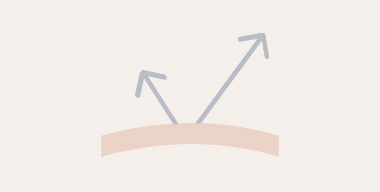
PROTECTING
Aging and environmental factors can decrease the amount of beneficial bacteria on the skin and instead, promote the growth of harmful bacteria. Probiotics can restore the balance of bacteria on the surface of the skin and strengthen the skin’s natural protective barrier. Meaning that, topical probiotics can suppress the growth of bad bacteria and boost our immune system.
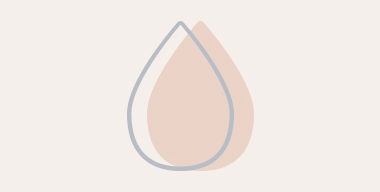
HYDRATING
A weak or damaged skin barrier loses the ability to retain moisture, which can result in dehydrated skin. Probiotic strains can restore the natural ability of your skin to lock in moisture, as well as support the production of hyaluronic acid.

BALANCING
Healthy skin has a pH that varies between 4.2-5.6. The slightly acidic nature of the skin plays a fundamental role in retaining moisture and preventing the growth of harmful bacteria. When applied to the skin, topical probiotics produce a biochemical environment that has a similar pH level. Therefore, the use of probiotics can restore the normal pH balance of the skin.
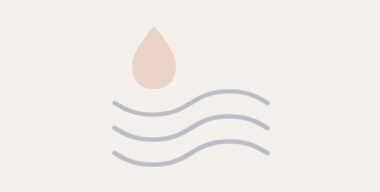
CALMING
Besides suppressing the growth of harmful bacteria, topical probiotics can also relieve irritation. In fact, once they are applied to the skin, probiotics produce antimicrobial peptide substances that help fight inflammation and irritation. For this reason, probiotic skincare is especially helpful if you’re suffering from acne and eczema.
Although it’s not technically a result of probiotic skincare, it’s also worth noting that probiotics have shown to be hypoallergenic ingredients that are suitable for all skin types. Furthermore, they can be combined with any other skincare ingredient without causing irritation.
Topical probiotics vs. live probiotics
One major difference between ingesting probiotics and applying them topically to the skin, is that the probiotics you ingest are live microorganisms whereas the ones used in skincare are inactivated.
When it comes to food or supplements, it’s important that the probiotics are still alive by the time they reach the intestine, otherwise they won’t be able to colonise the gut and impart their benefits.
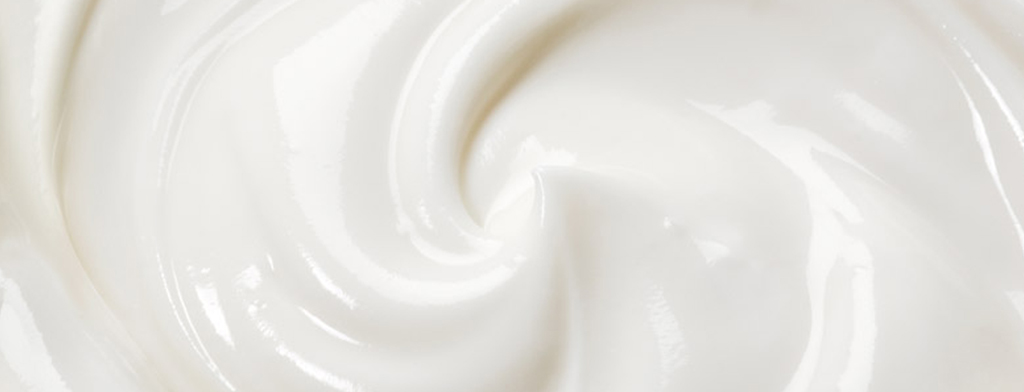
This is simply not possible for cosmetic products. The main reason is that companies must guarantee to the authorities the safety of a product before introducing it on the market. As living entities, it’s hard to predict the behaviour of live probiotics and this poses a risk of contamination and deterioration.
Furthermore, most cosmetic products contain preservatives to prolong shelf life and ward off bacteria and fungi. Therefore, even if you had live probiotics in a product, these preservatives would end up killing them.
For these reasons, probiotics should be inactivated before they can be used for cosmetic purposes. There are several methods of inactivation, including ultrasonic waves, heat, and chemicals. Recent studies have shown that the method used to inactivate the microorganisms affects their efficacy as active ingredients, however experts don’t have enough data at the moment to conclude which method is the best one.
Critics have often raised questions about the effectiveness of inactivated probiotics, however an increasing number of studies show that, even when inactivated, probiotics can still offer some positive benefits.
Korean terminology
There are two different expressions to indicate probiotic skincare in Korean. They are not exactly the same in meaning but, in my experience, they are used pretty much interchangeably.
The first one is 프로바이오틱스 스킨케어, the Korean transliteration of ‘probiotic skincare’. The other one is 유산균 스킨케어, which translates to ‘Lactobacillus skincare’.
In casual speech, it’s more common to use the word ‘cosmetic products’ instead of ‘skincare’. So the first term becomes 프로바이오틱스 화장품 and the second one becomes 유산균 화장품 .
Skin sensitivity in Asia
During the 2019 edition of In-Cosmetics Korea, the leading market intelligence agency Mintel revealed that most Asian consumers are currently suffering from skin sensitivity. According to the data revealed, 44% of Chinese women and 60% of Korean women, are said to have sensitive skin.
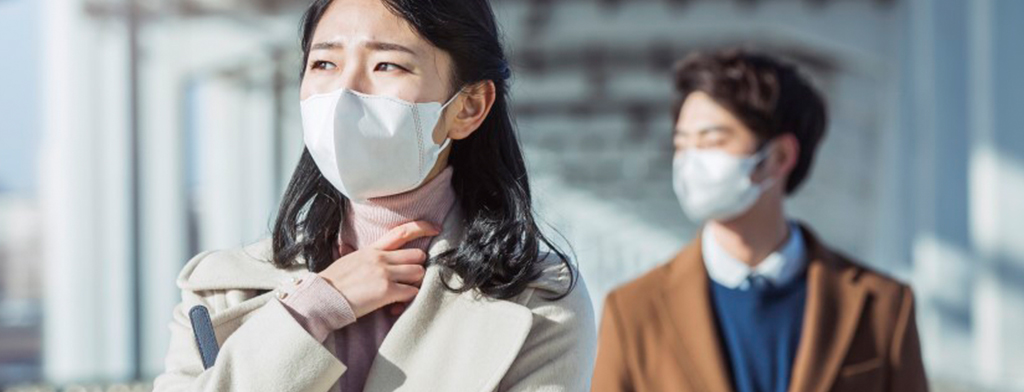
Several studies have observed that Asian skin is more prone to sensitivity. This is partly due to a thinner stratum corneum and partly because of worsening air quality, which has especially affected East Asian countries in recent years. In particular, the Korean Medical Foundation reports that the toxic substances in fine dust can stimulate the production of cytokine, a molecule of the immune system that promotes inflammation.
Popularity of topical probiotics in Korea
As a result, Korean consumers started to look out for gentle, but effective solutions to help treat or relieve sensitive skin. This led to the recent rise in popularity of Derma cosmetics in South Korea, a business that registered a 15% growth only in 2019 and is estimated to be worth around 500 billion won.
Derma cosmetics are characterised by hypoallergenic formulas and highly-effective ingredients. Ceramide, propolis and Centella Asiatica gained particular attention thanks to their ability to protect and soothe sensitive skin.
Probiotic skincare started to emerge in the Korean market around 2017, as demonstrated by the data collected by Insight Korea, The big data company analysed the keyword ‘yogurt’ from March 2017 to February 2018, paying special attention to search volume and related terms. The results were surprising.
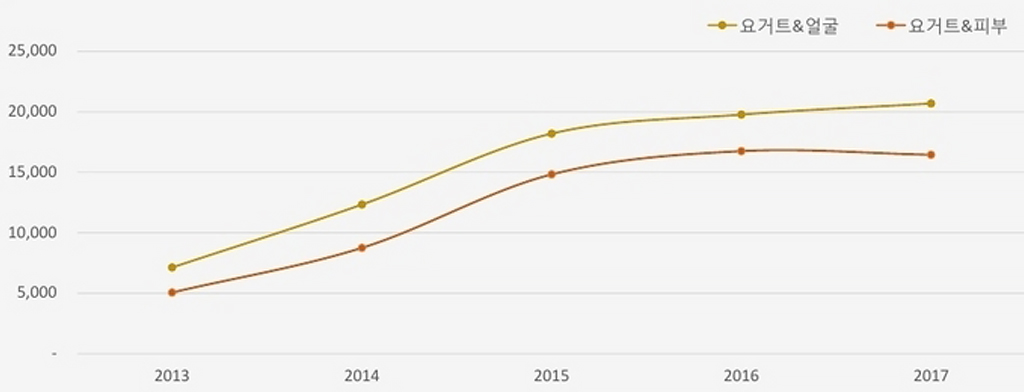
After ”intestine’ (with a search volume of 93.5%), the most popular related terms were: ‘face’ (9.1%) and ‘skin’ (8.4%). These proved to be the first signs of a growing interest in a topical use of probiotic ingredients.
The familiarity of consumers with probiotics is said to have played a major role in their success. While it’s hard to trust information about new ingredients and their efficacy, probiotics had already a great reputation for improving gut health, so it was easy for consumers to believe they could also be beneficial to the skin.
Notable Korean probiotic skincare products
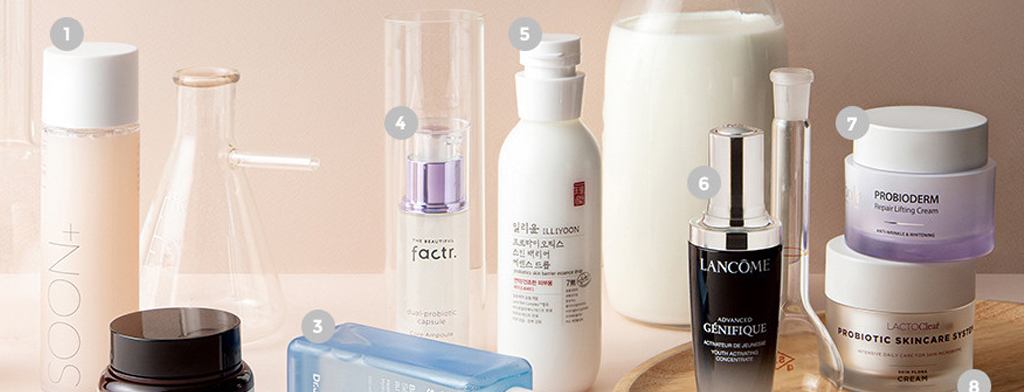
Sensing this growing interest, companies started to introduce dedicated products featuring probiotics as the main ingredients. Most notably, in 2018 the Amorepacific group launched a “Probiotic Skin Barrier” line for the brand Illiyoon. The range quickly became an internet sensation and one of the most popular probiotic lines in K-Beauty. Its success can surely be attributed to the gentle formulas and the impressive results of the “Lacto Skin Complex™”, an exclusive fermented lactobacillus derived from gat kimchi (갓김치).
Since 2018, many companies followed Amorepacific’s lead. Below, I included the most notable Korean probiotic skincare products. Many have been released this year so they’re not available outside of Korea yet, however I will add the missing links when they become available internationally.
(Last updated: December 2019)
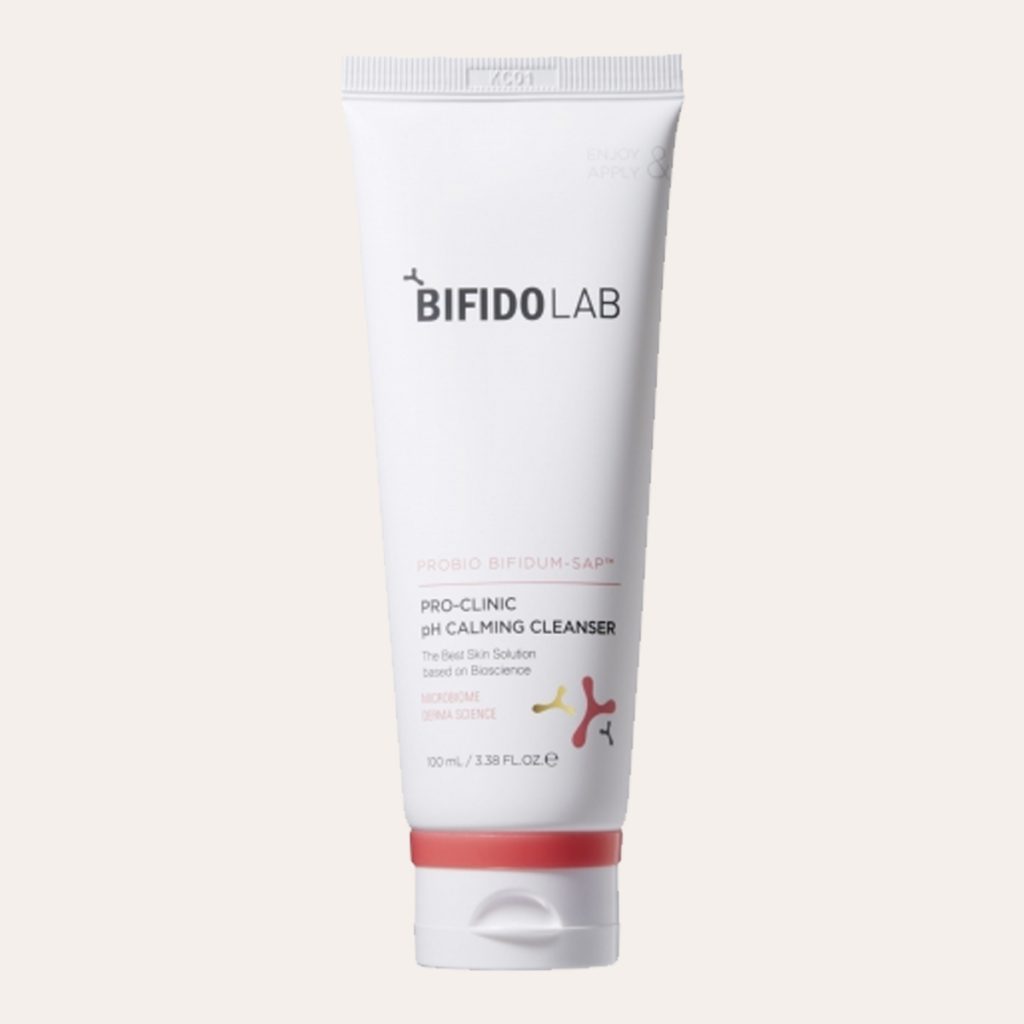
Bifidolab
Pro Clinic pH Calming Cleanser
(SHOP)
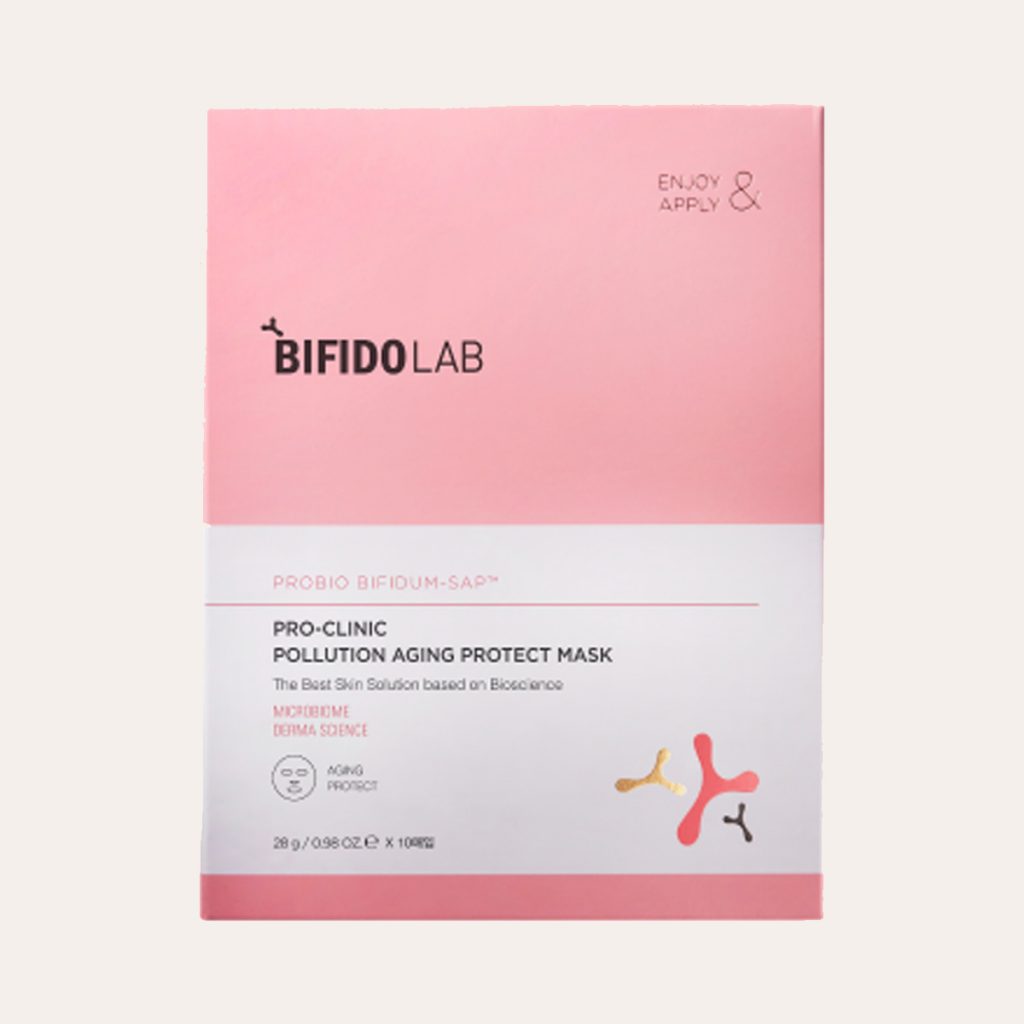
Bifidolab
Pro Clinic Pollution Aging Protection Mask
(SHOP)

Botanic Heal BoH
Probioderm Repair Ampoule Serum
(SHOP)
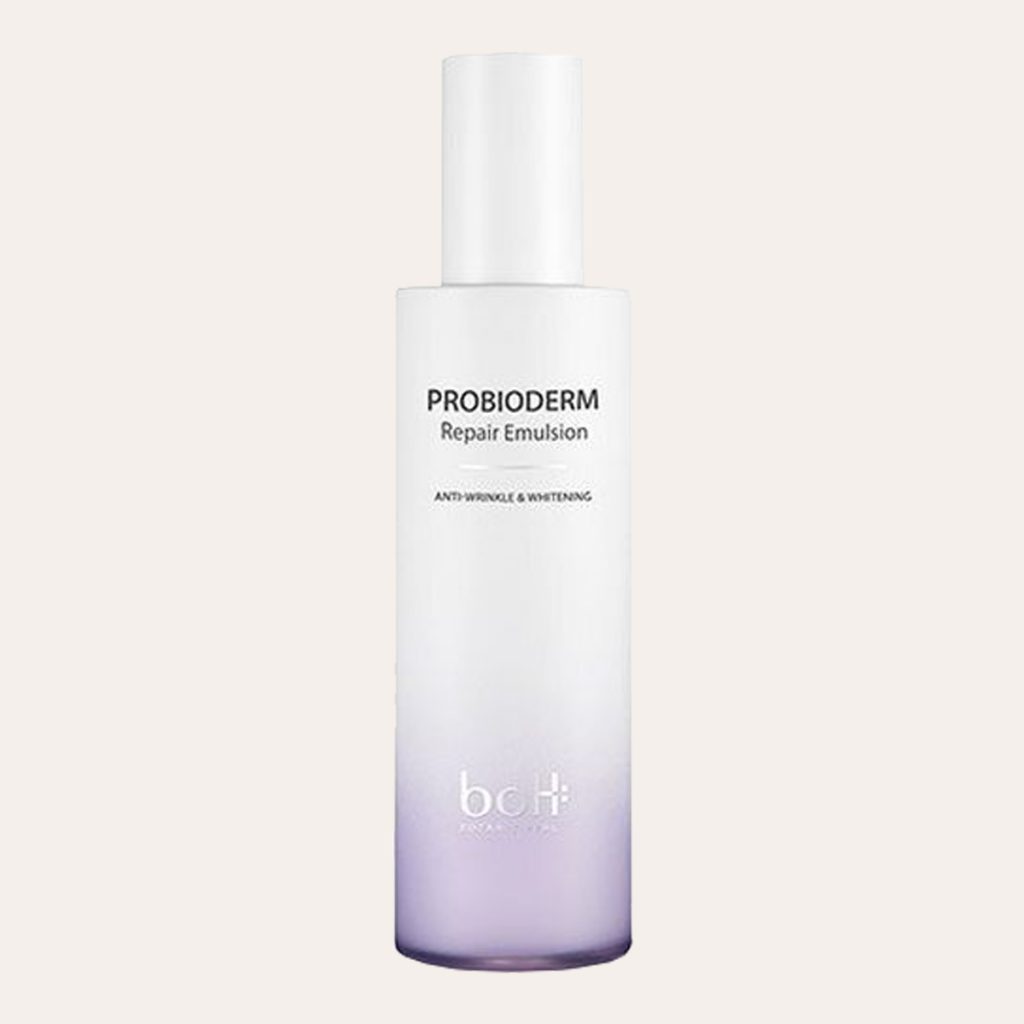
Botanic Heal BoH
Probioderm Repair Emulsion
(SHOP)

Botanic Heal BoH
Probioderm Repair Lifting Cream
(SHOP)
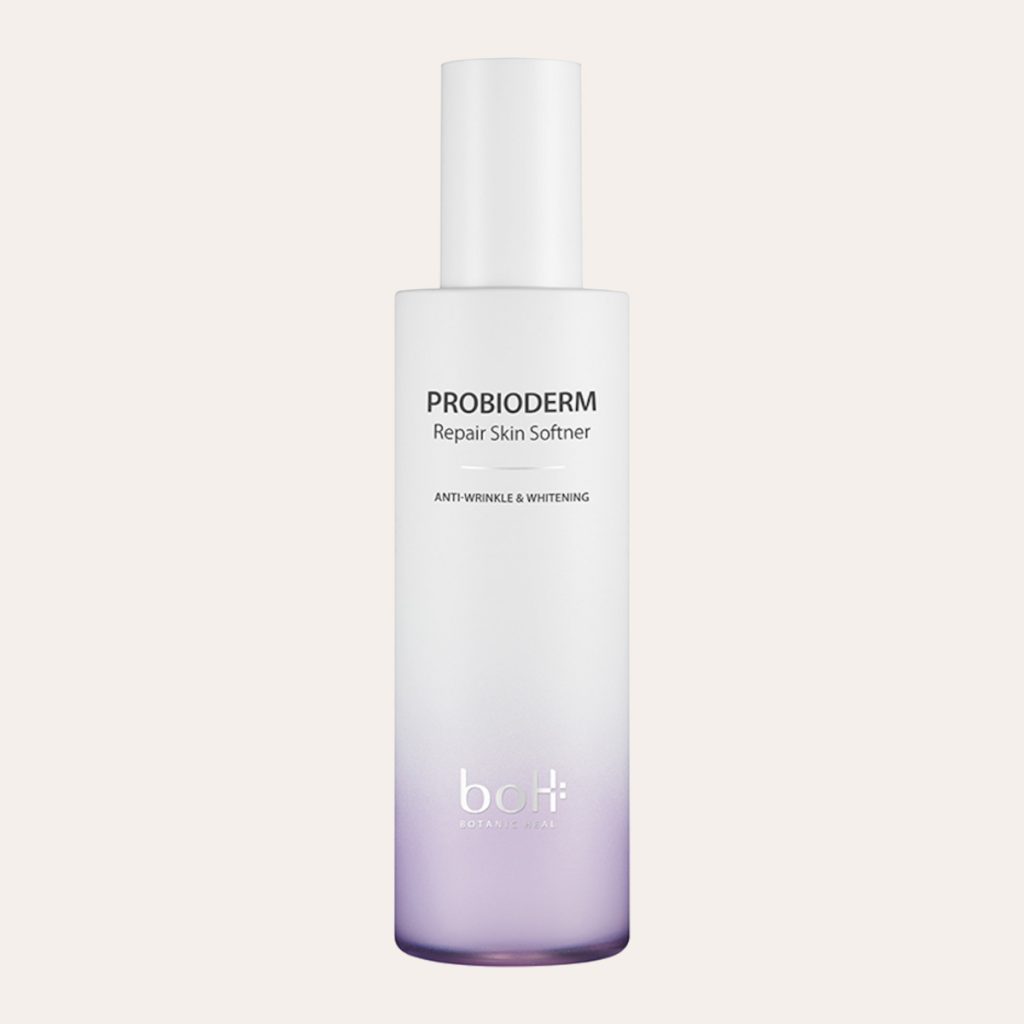
Botanic Heal BoH
Probioderm Repair Skin Softener
(SHOP)

Dr. Jart+
Vital Hydra Solution Biome Essence
(SHOP)

Dr. Jart+
Vital Hydra Solution Biome Eye Cream
(SHOP)
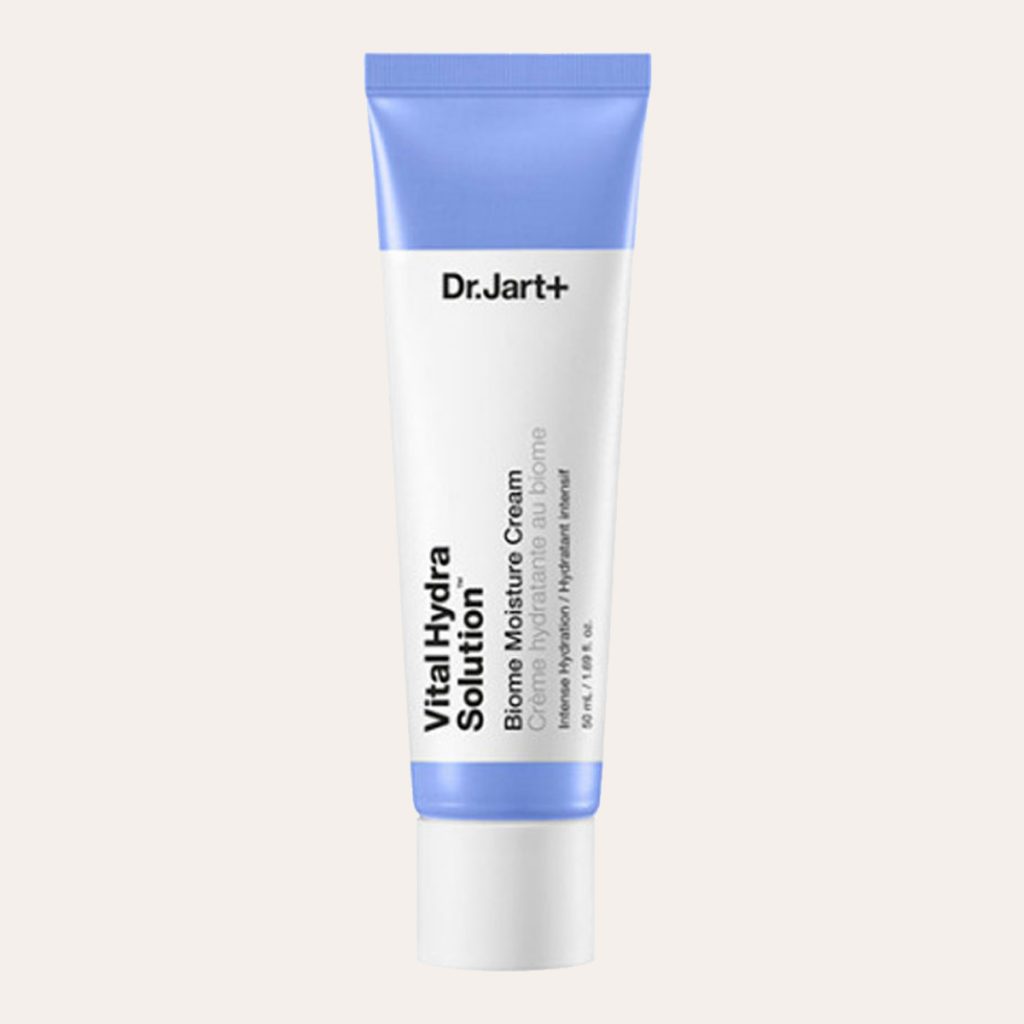
Dr. Jart+
Vital Hydra Solution Biome Moisture Cream
(SHOP)
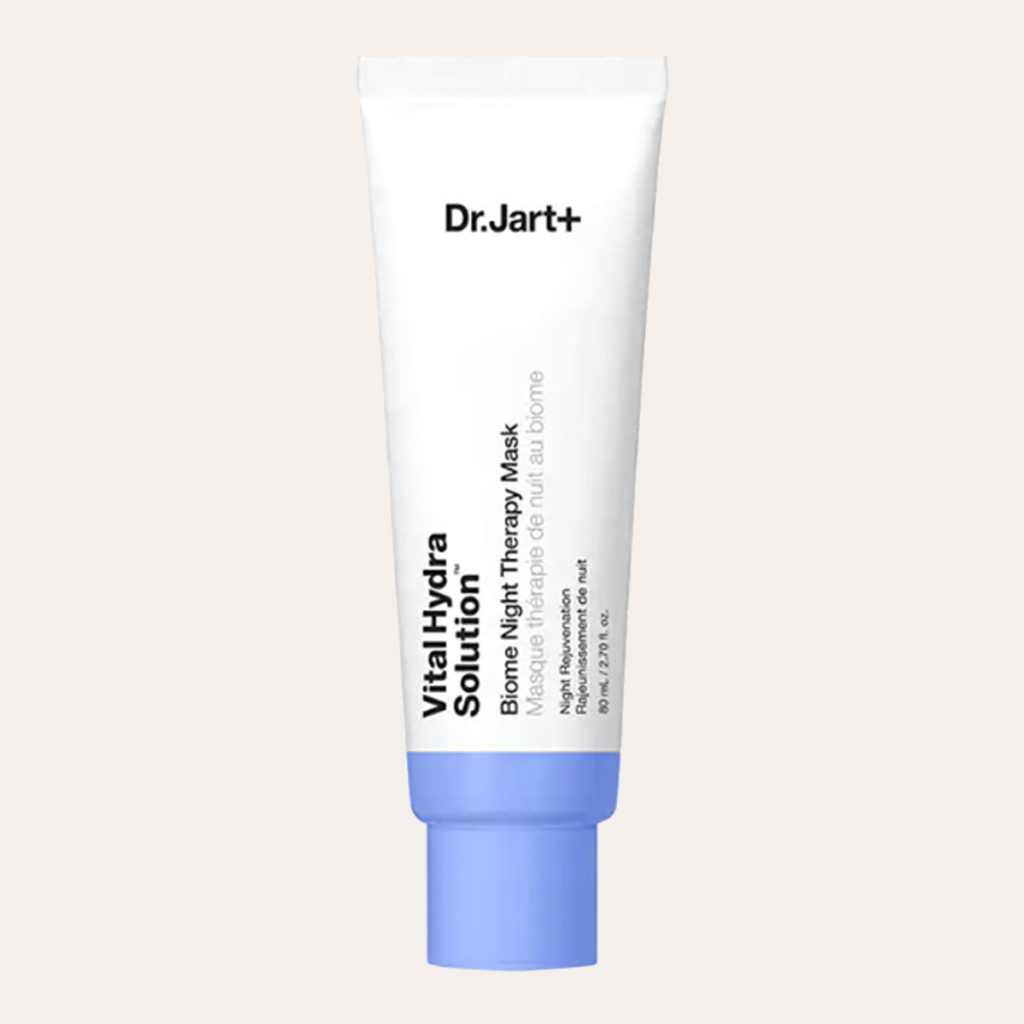
Dr. Jart+
Vital Hydra Solution Biome Night Therapy Mask
(SHOP)
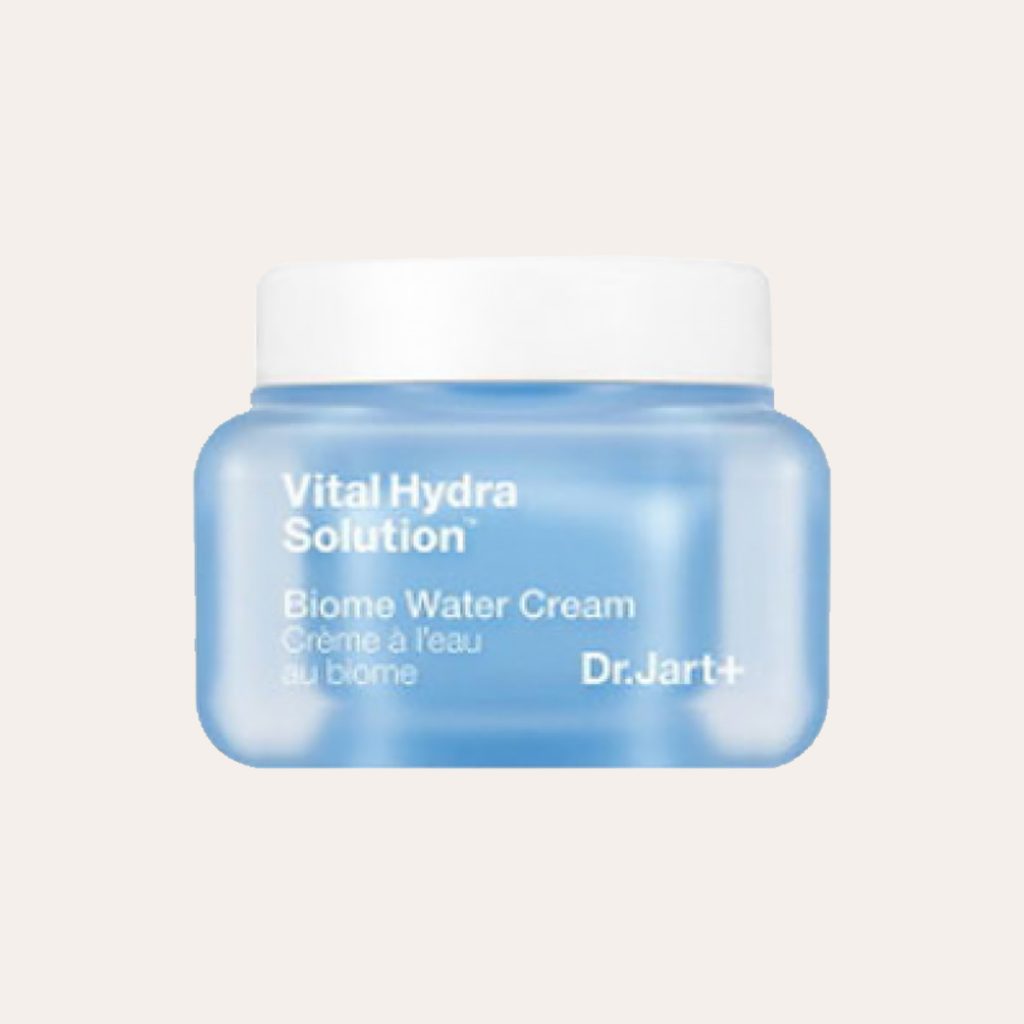
Dr. Jart+
Vital Hydra Solution Biome Water Cream
(SHOP)
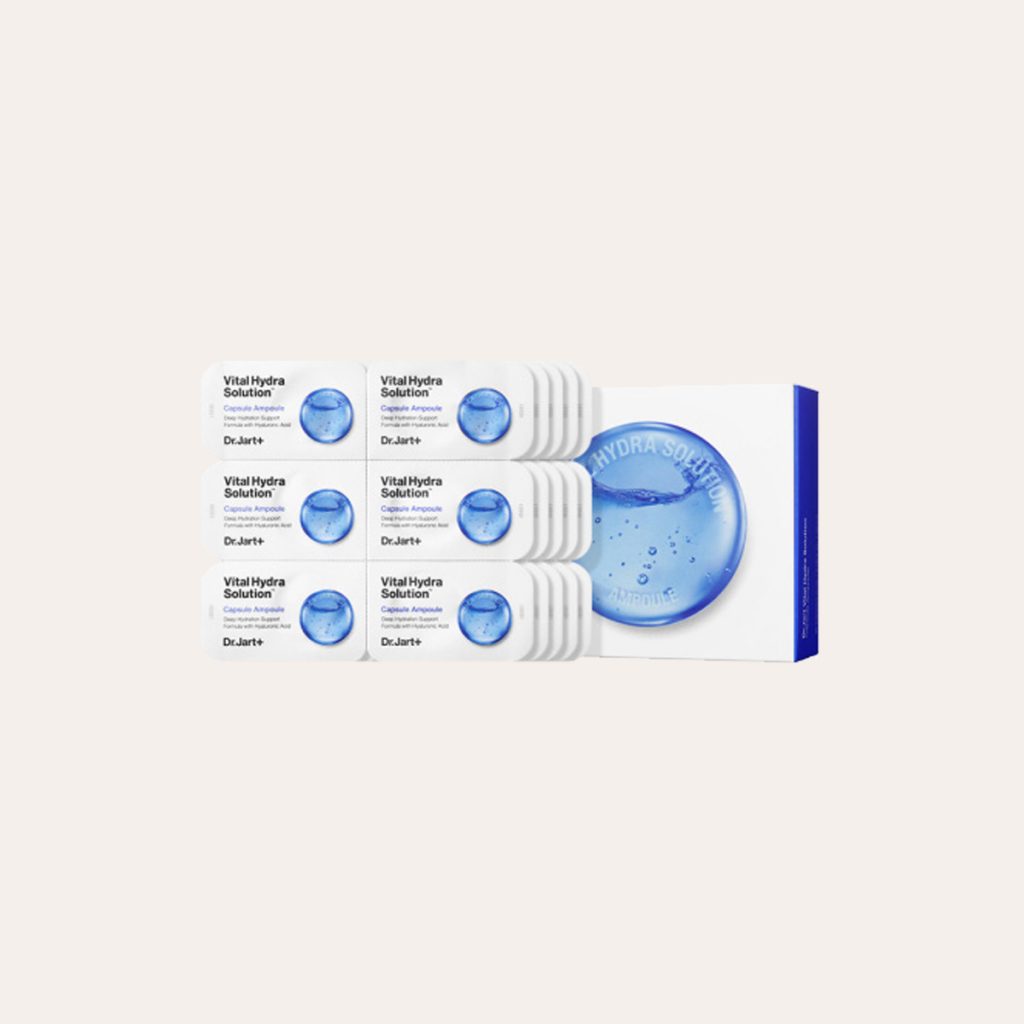
Dr. Jart+
Vital Hydra Solution Capsule Ampoule
(SHOP)
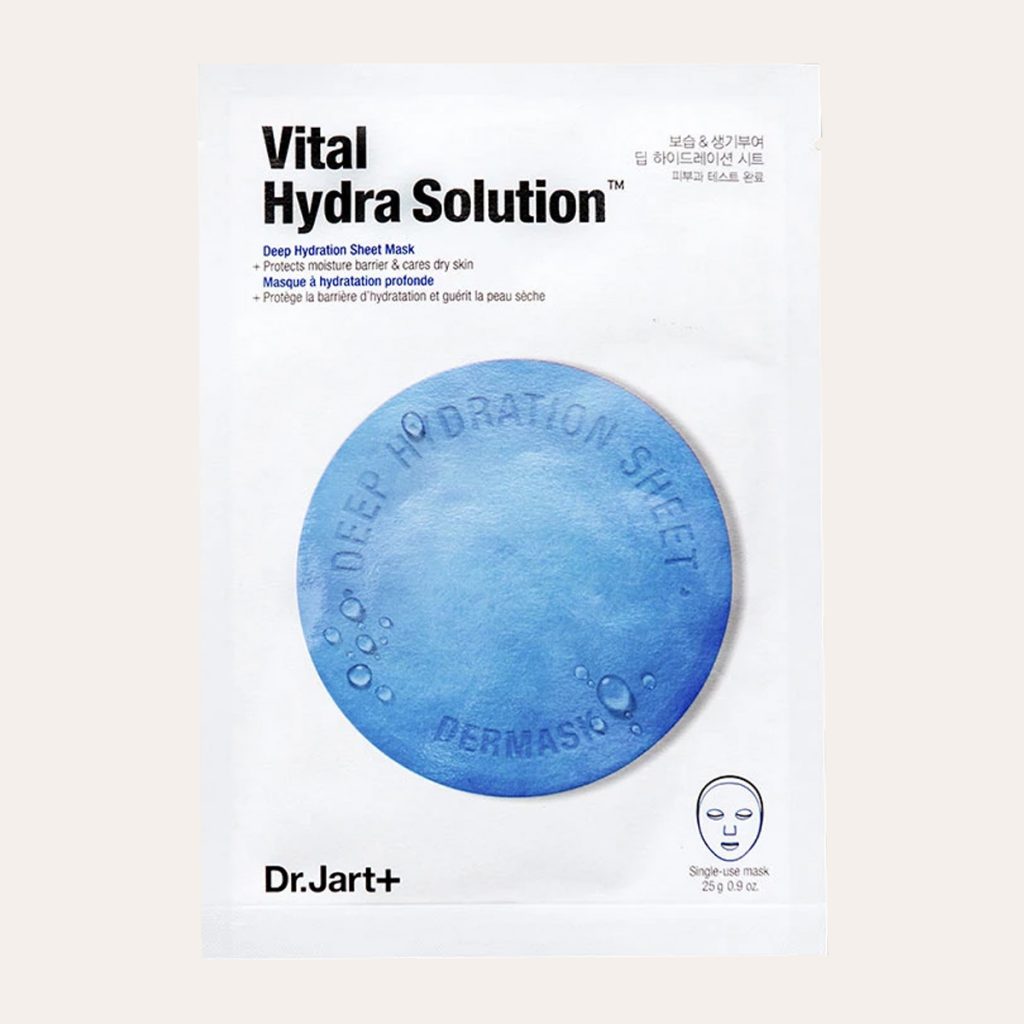
Dr. Jart+
Vital Hydra Solution Deep Hydrating Sheet Mask
(SHOP)
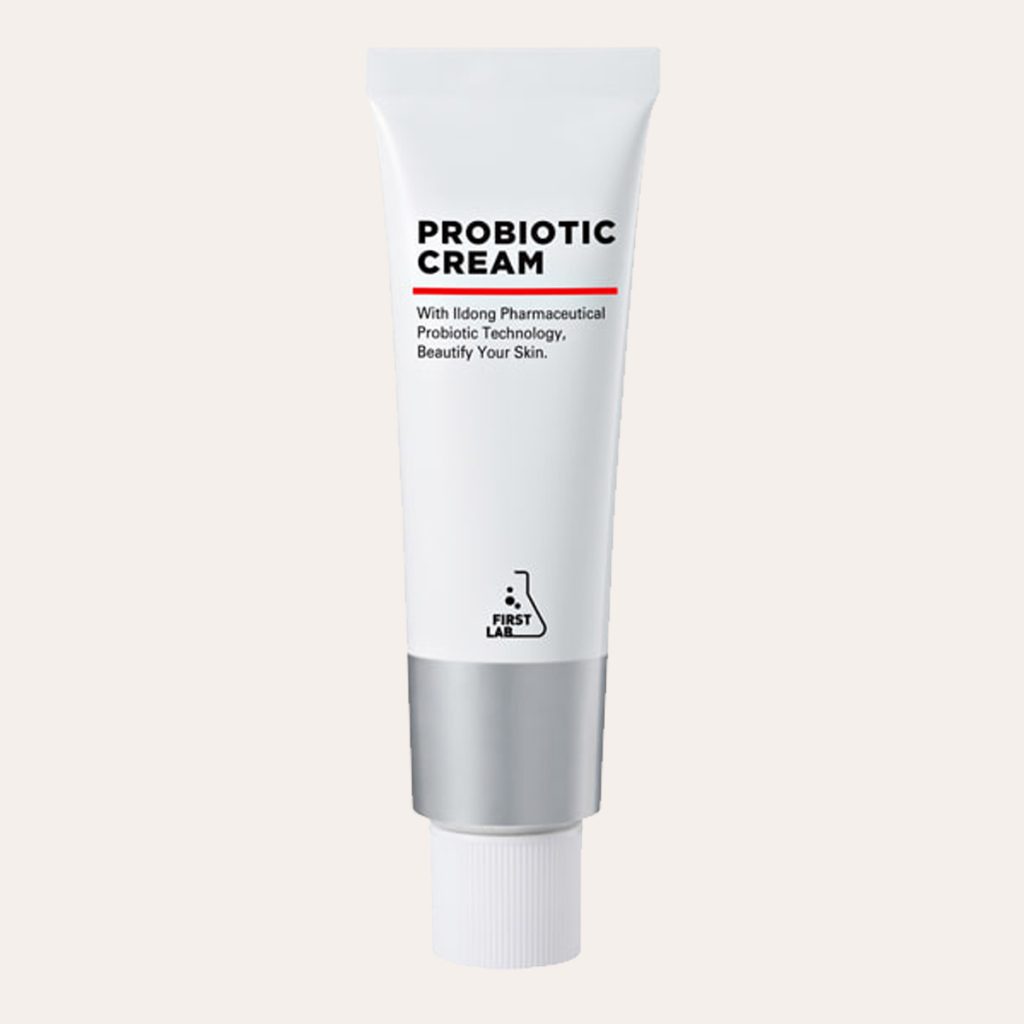
First Lab
Probiotic Cream
(SHOP)
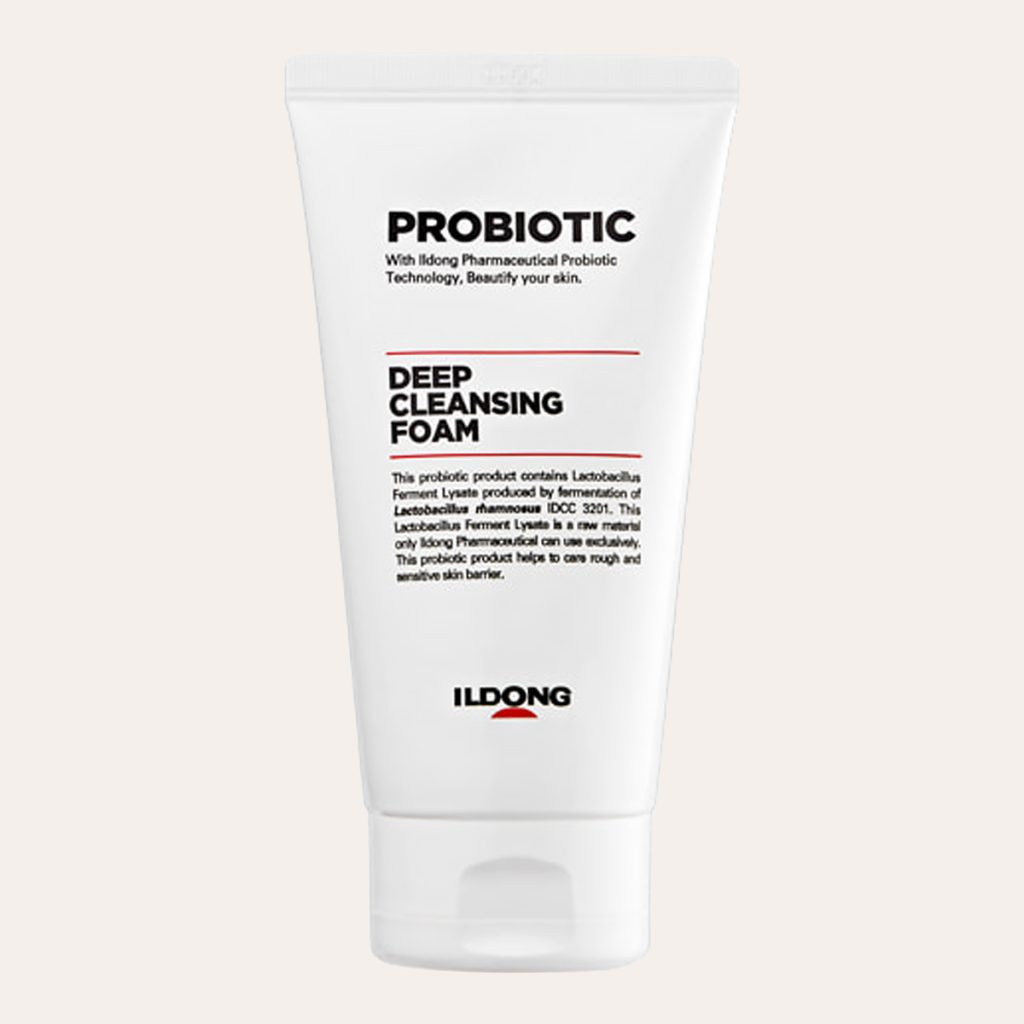
First Lab
Probiotic Deep Cleansing Foam
(SHOP)
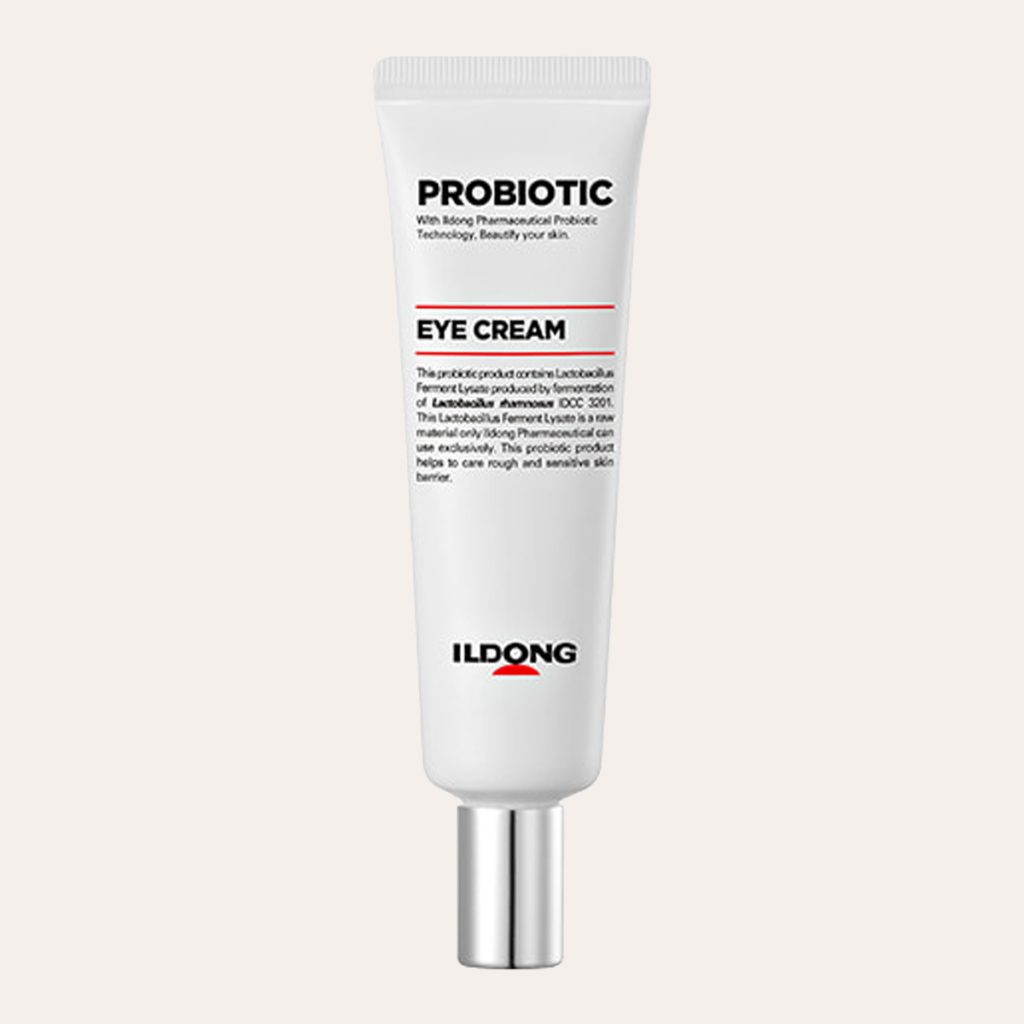
First Lab
Probiotic Eye Cream
(SHOP)
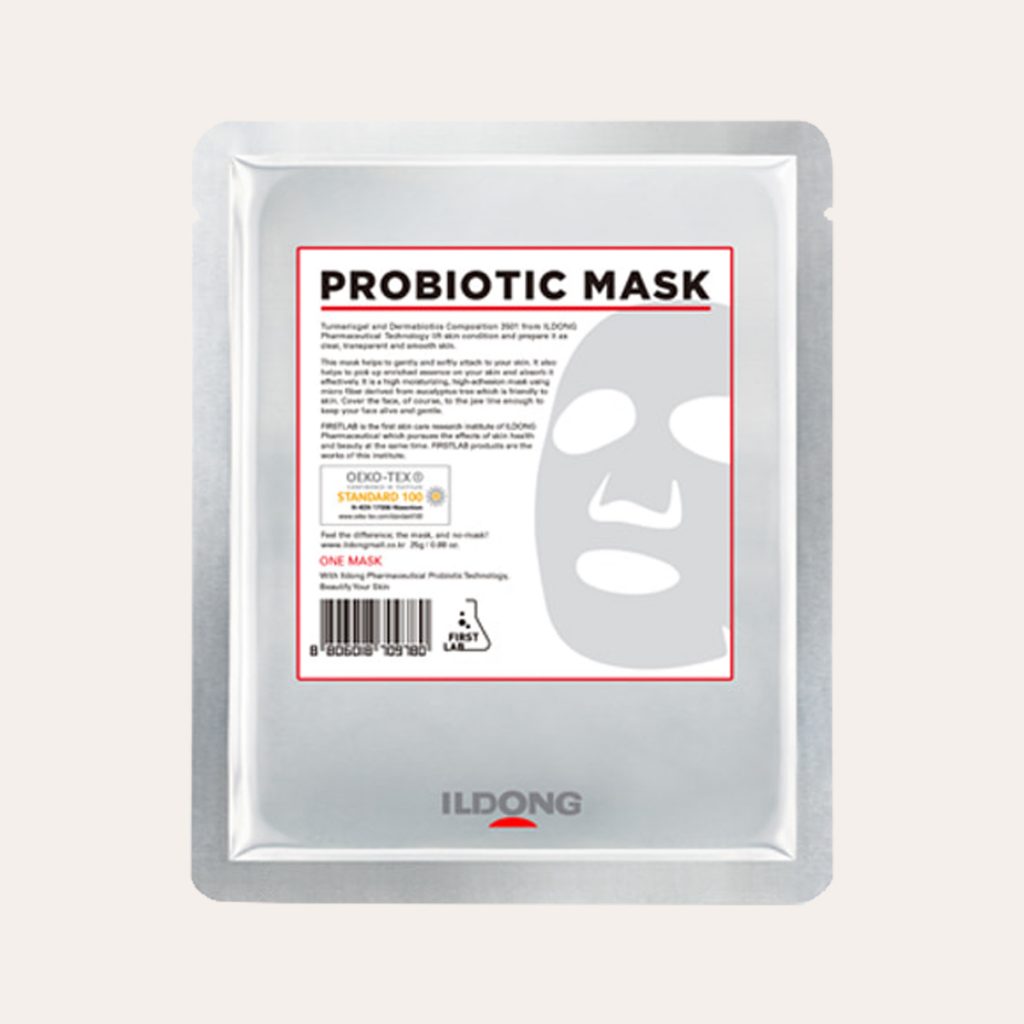
First Lab
Probiotic Mask
(SHOP)
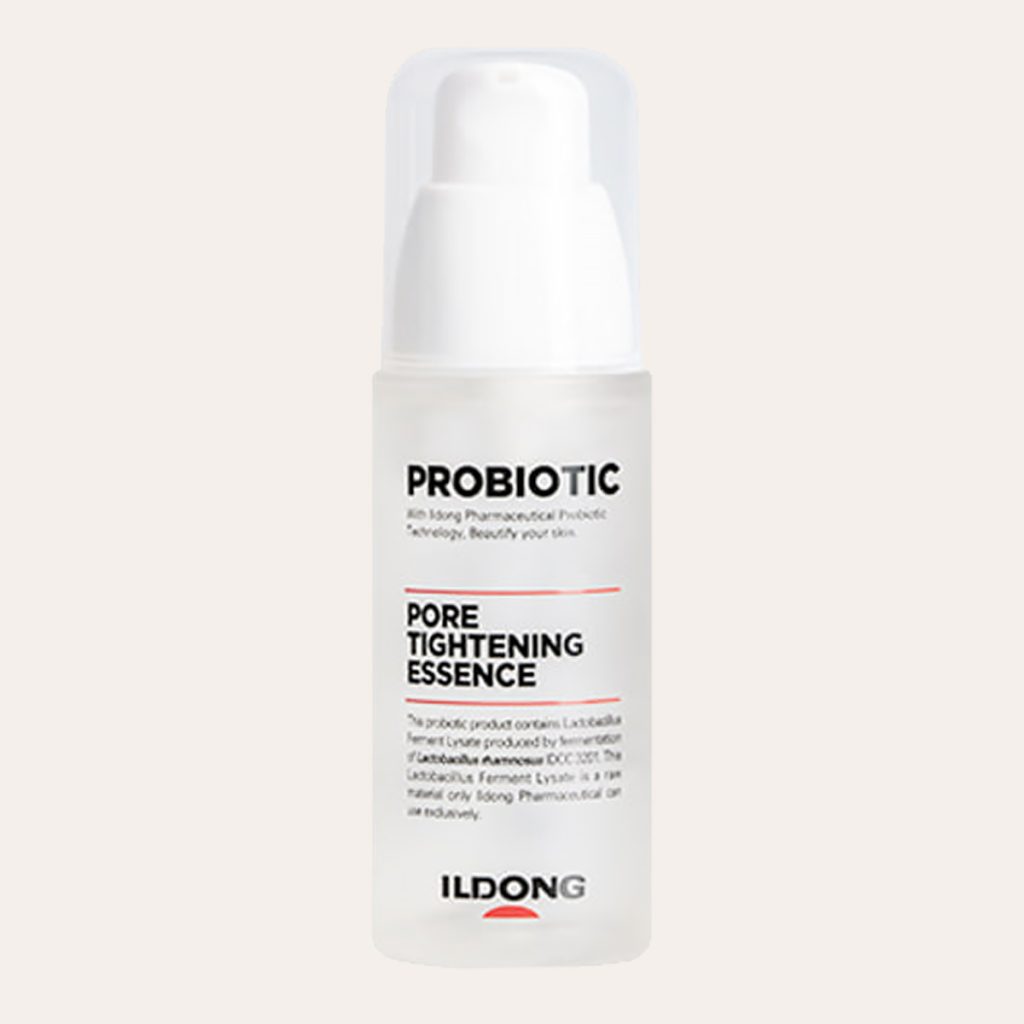
First Lab
Probiotic Pore Tightening Essence
(SHOP)
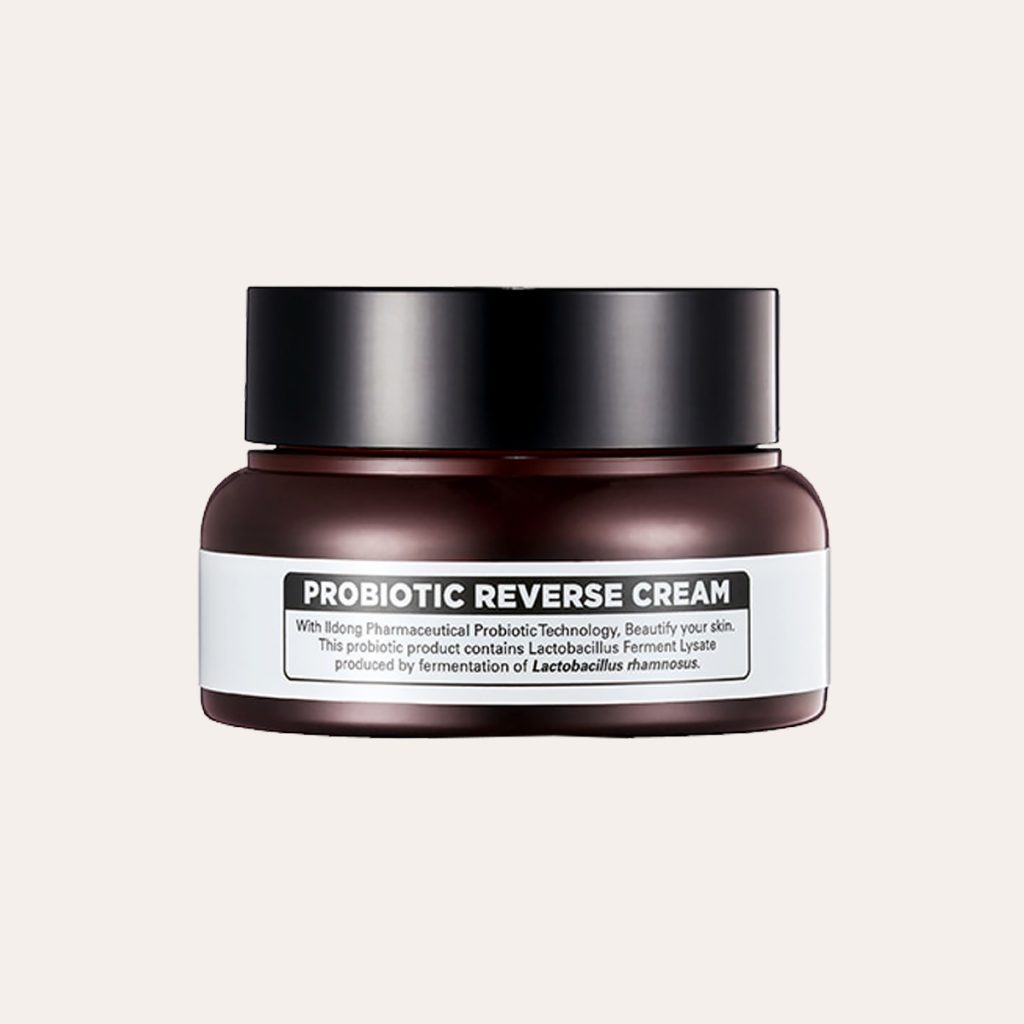
First Lab
Probiotic Reverse Cream
(SHOP)
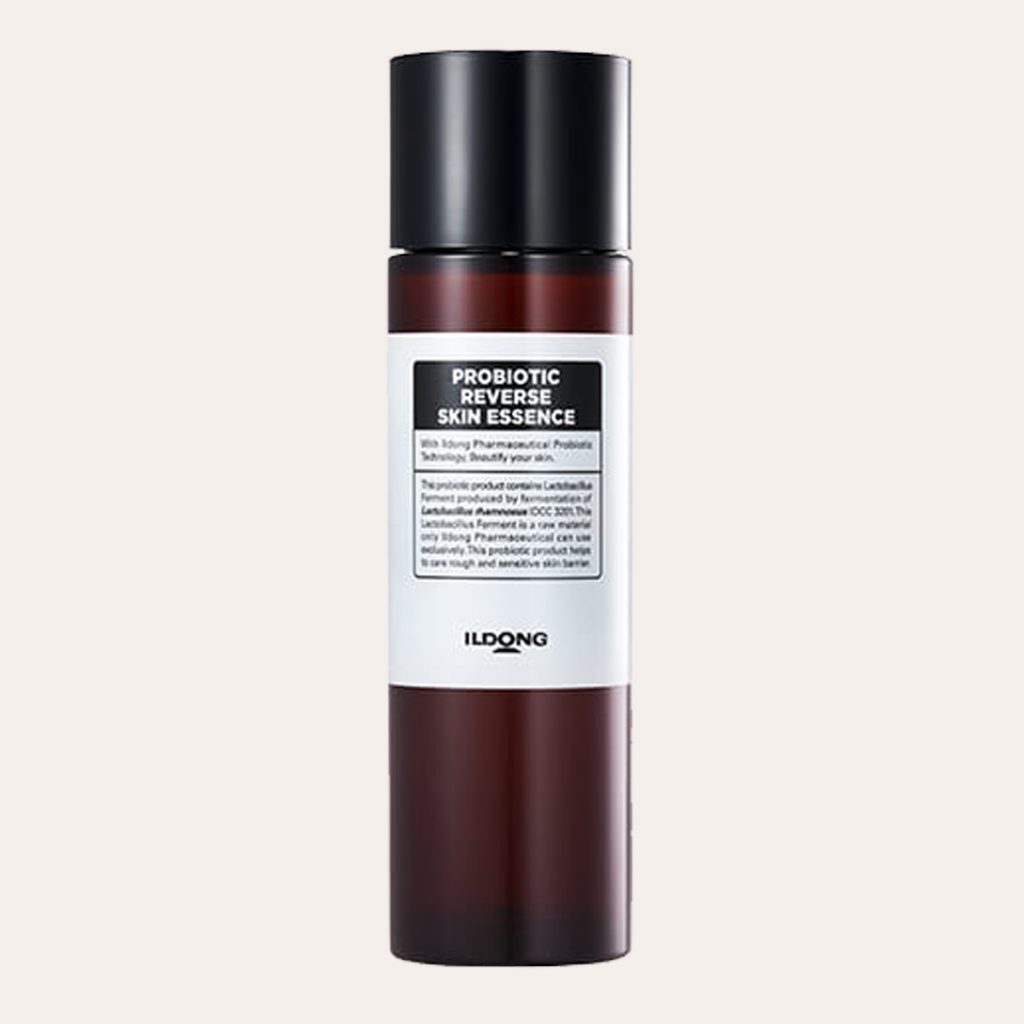
First Lab
Probiotic Reverse Skin Essence
(SHOP)
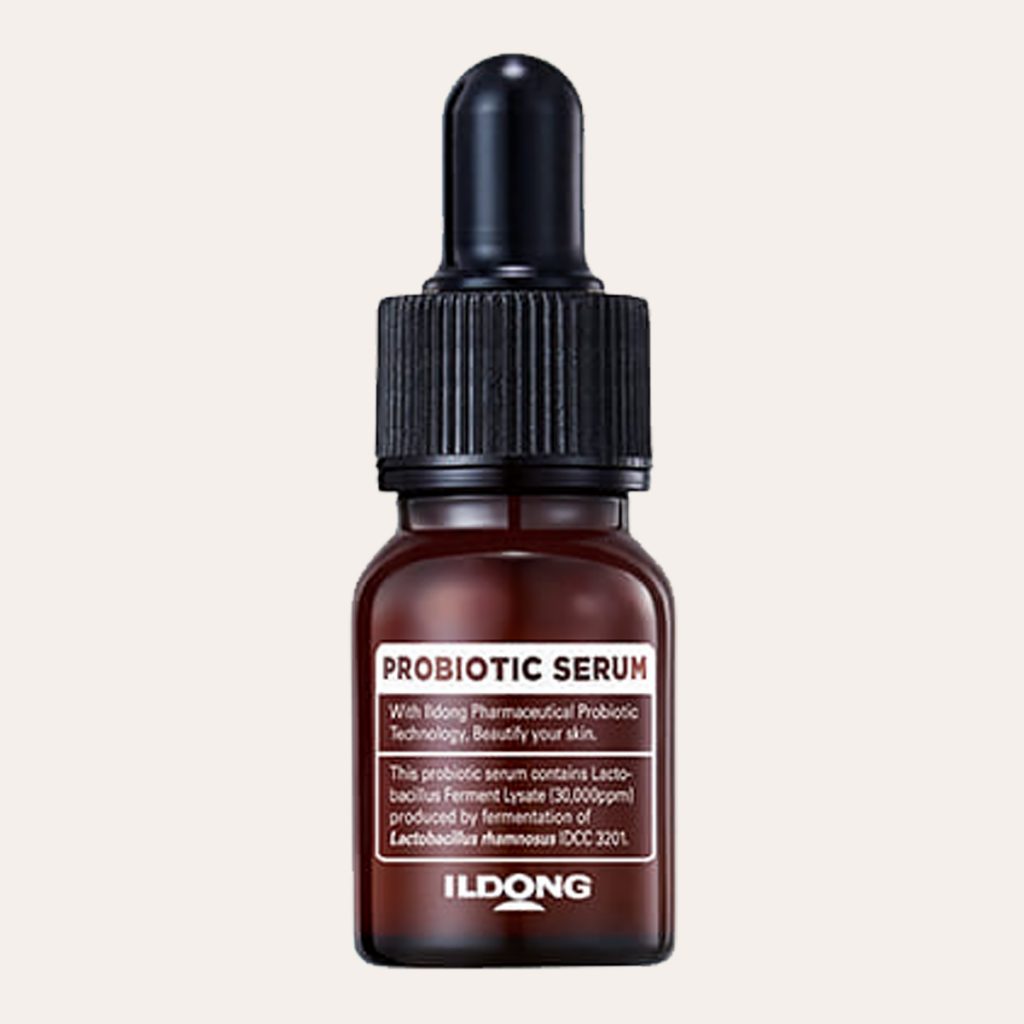
First Lab
Probiotic Serum
(SHOP)
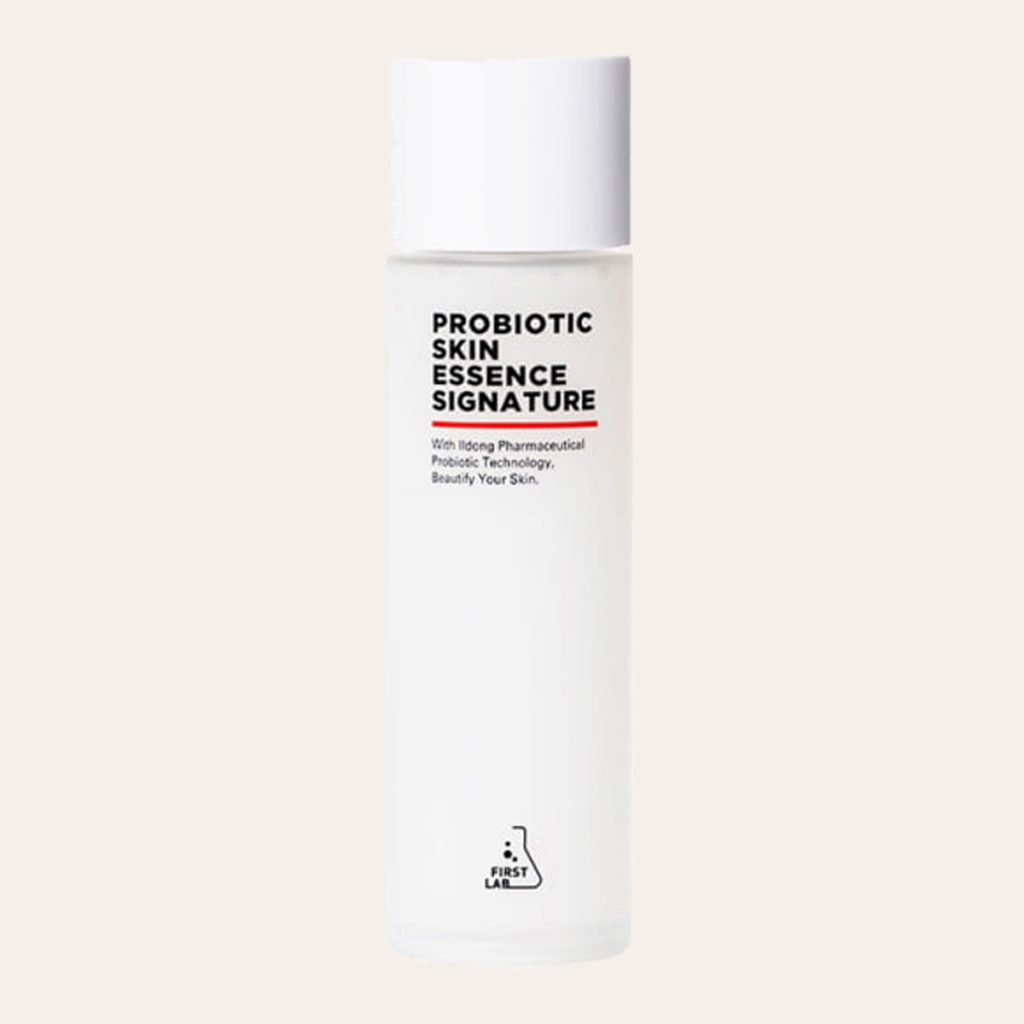
First Lab
Probiotic Skin Essence Signature
(SHOP)
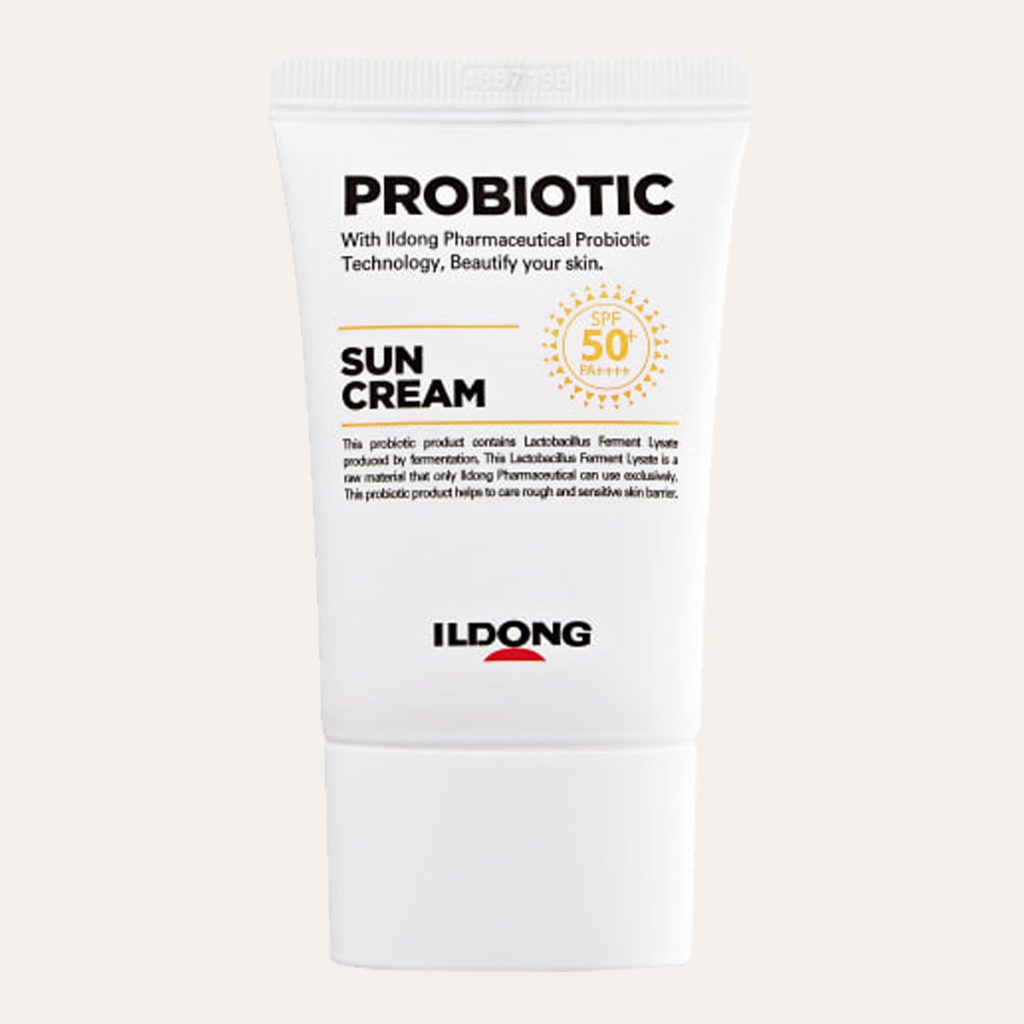
First Lab
Probiotic Sun Cream
(SHOP)
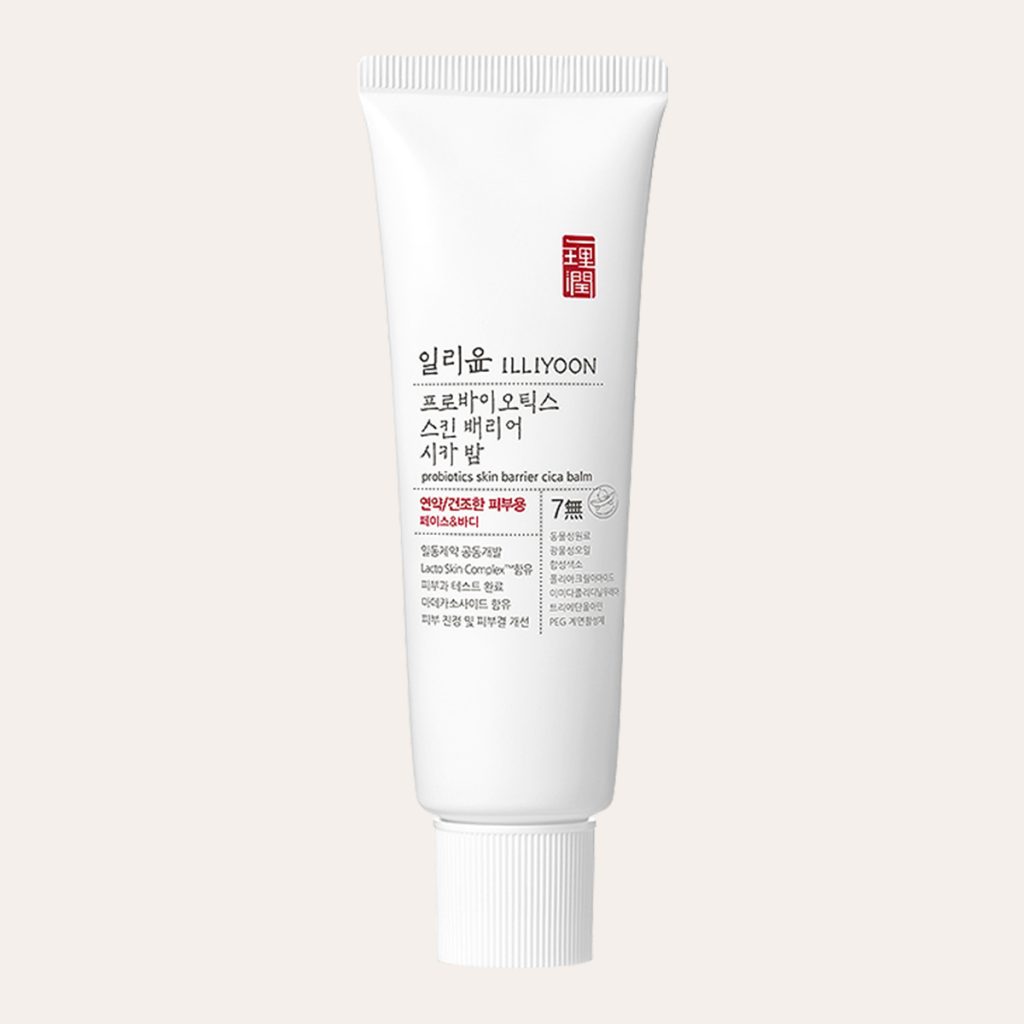
Illiyoon
Probiotics Skin Barrier Cica Balm
(SHOP)
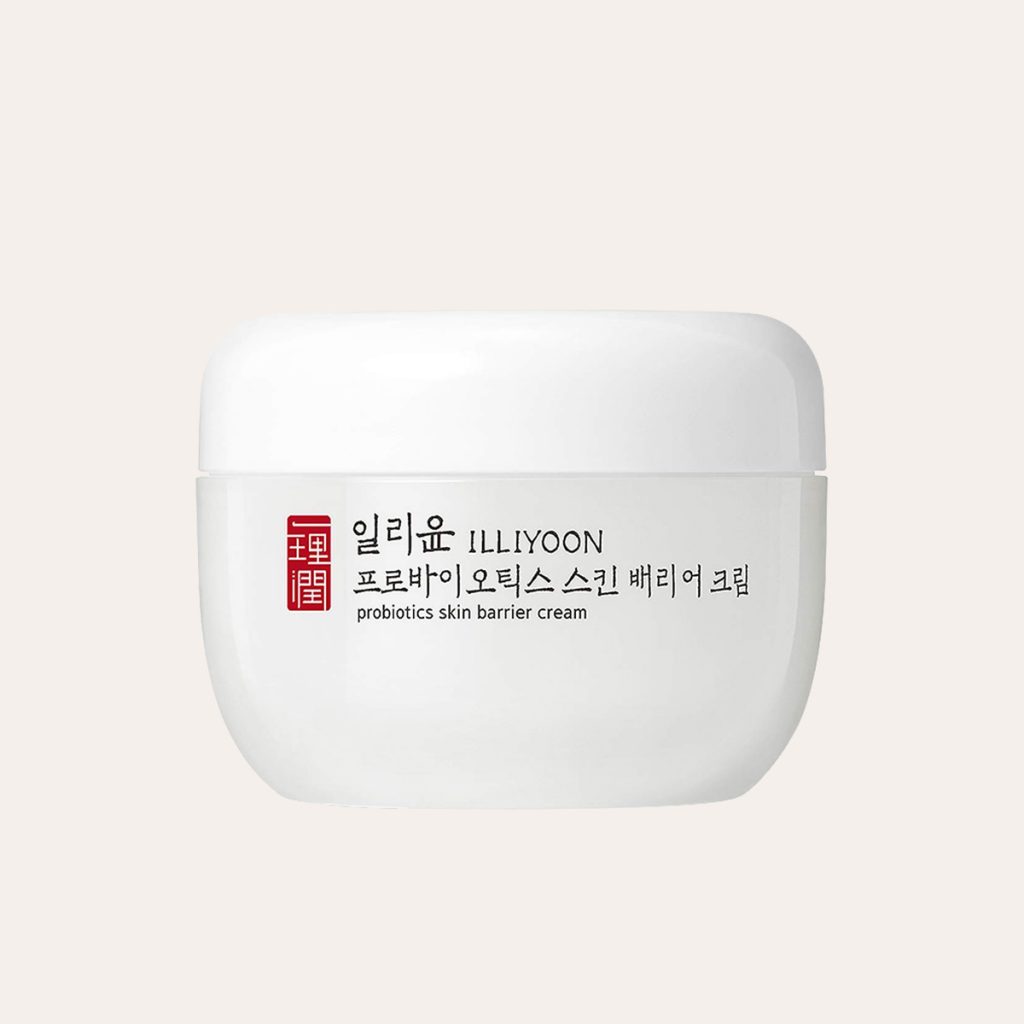
Illiyoon
Probiotics Skin Barrier Cream
(SHOP)
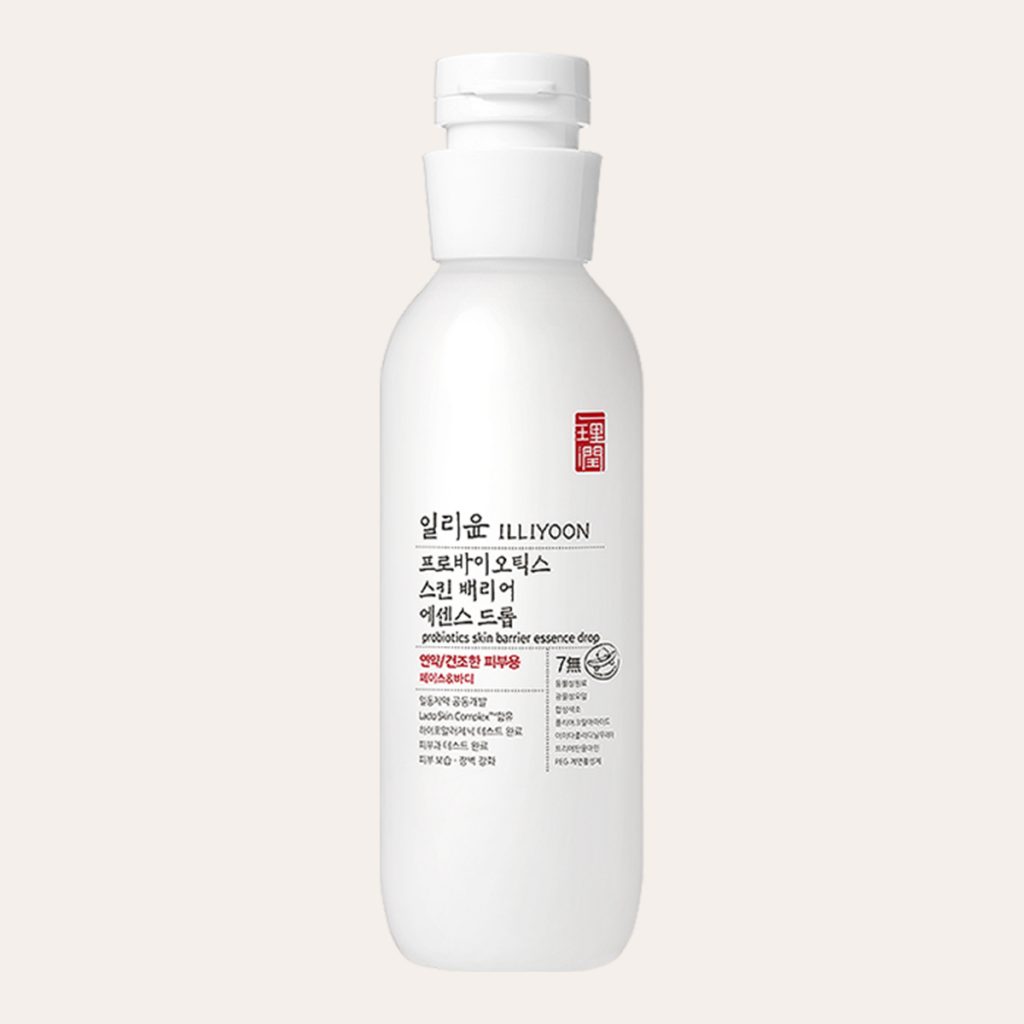
Illiyoon
Probiotics Skin Barrier Essence Drop
(SHOP)
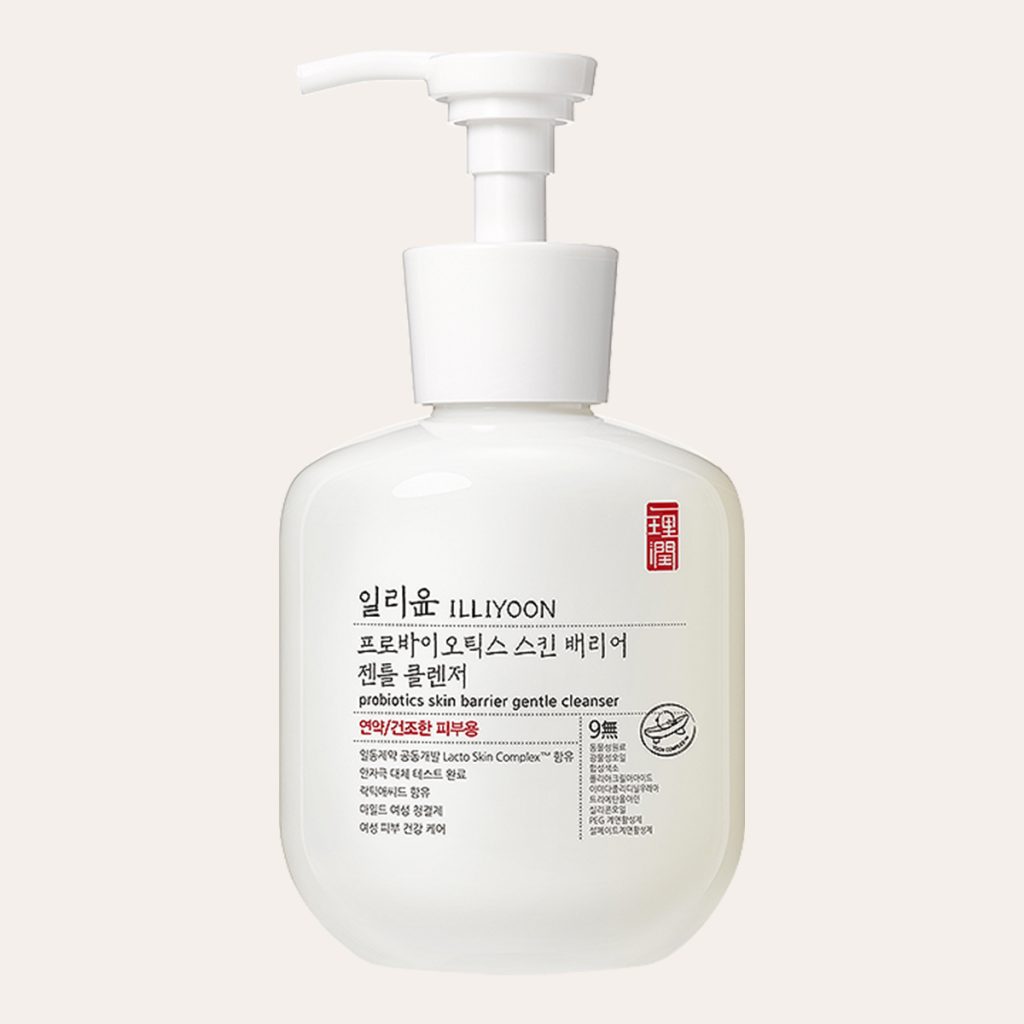
Illiyoon
Probiotics Skin Barrier Gentle Cleanser
(SHOP)
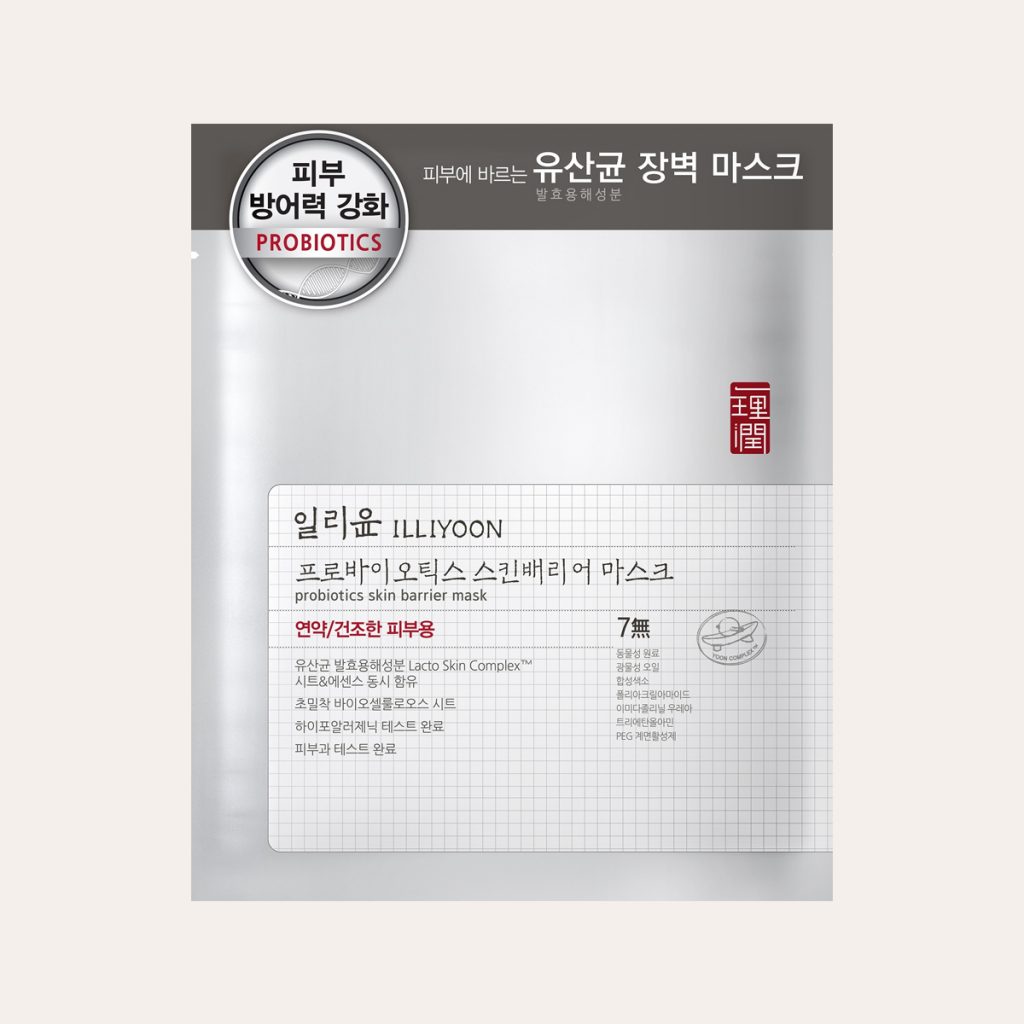
Illiyoon
Probiotics Skin Barrier Mask
(SHOP)
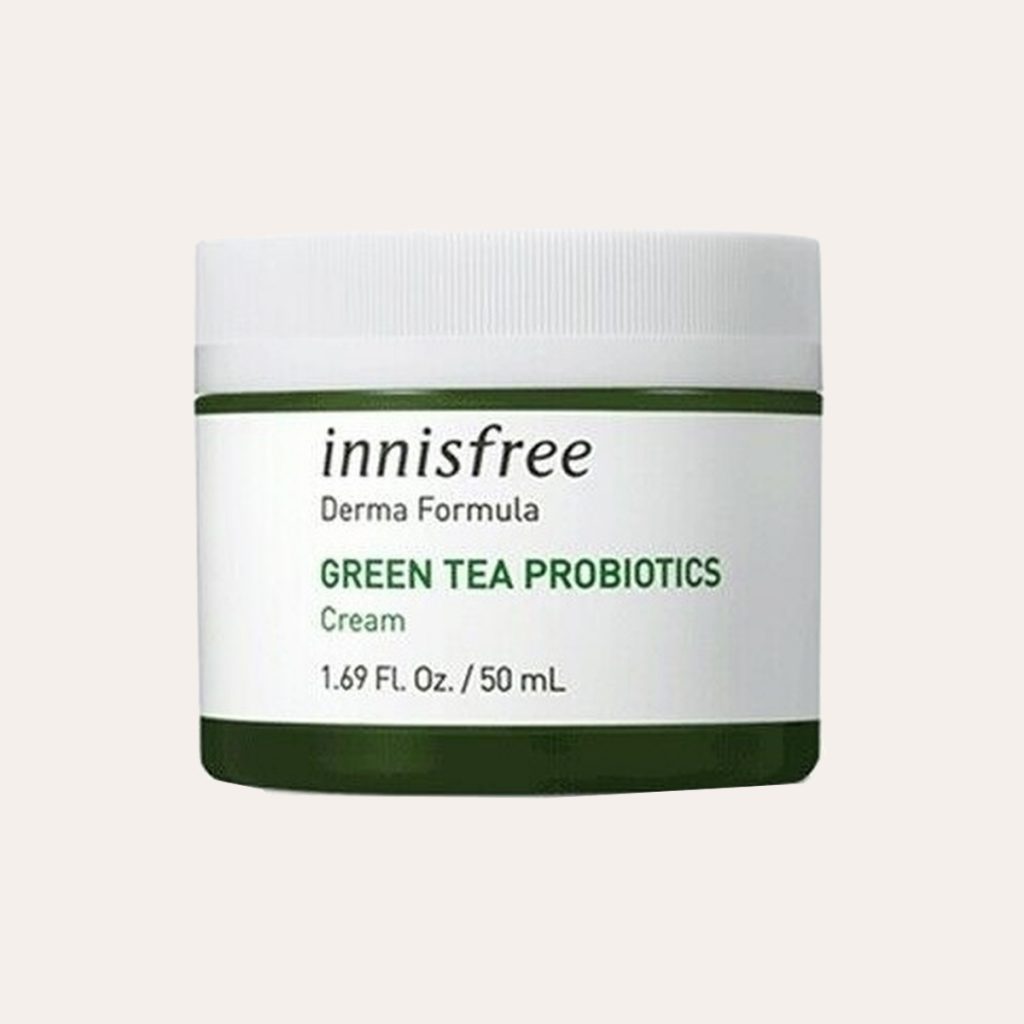
Innisfree
Green Tea Probiotics Cream
(SHOP)
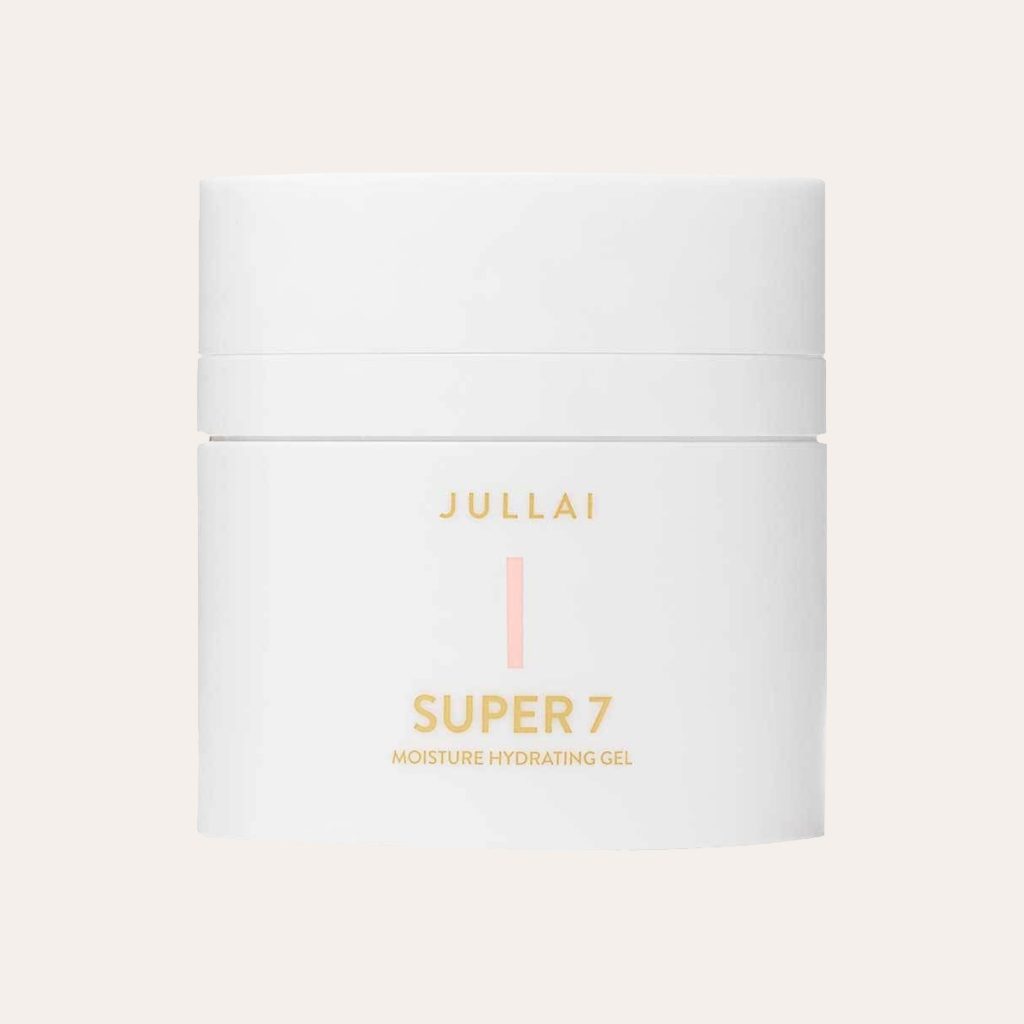
Jullai
Super 7 Moisture Hydrating Gel
(SHOP)
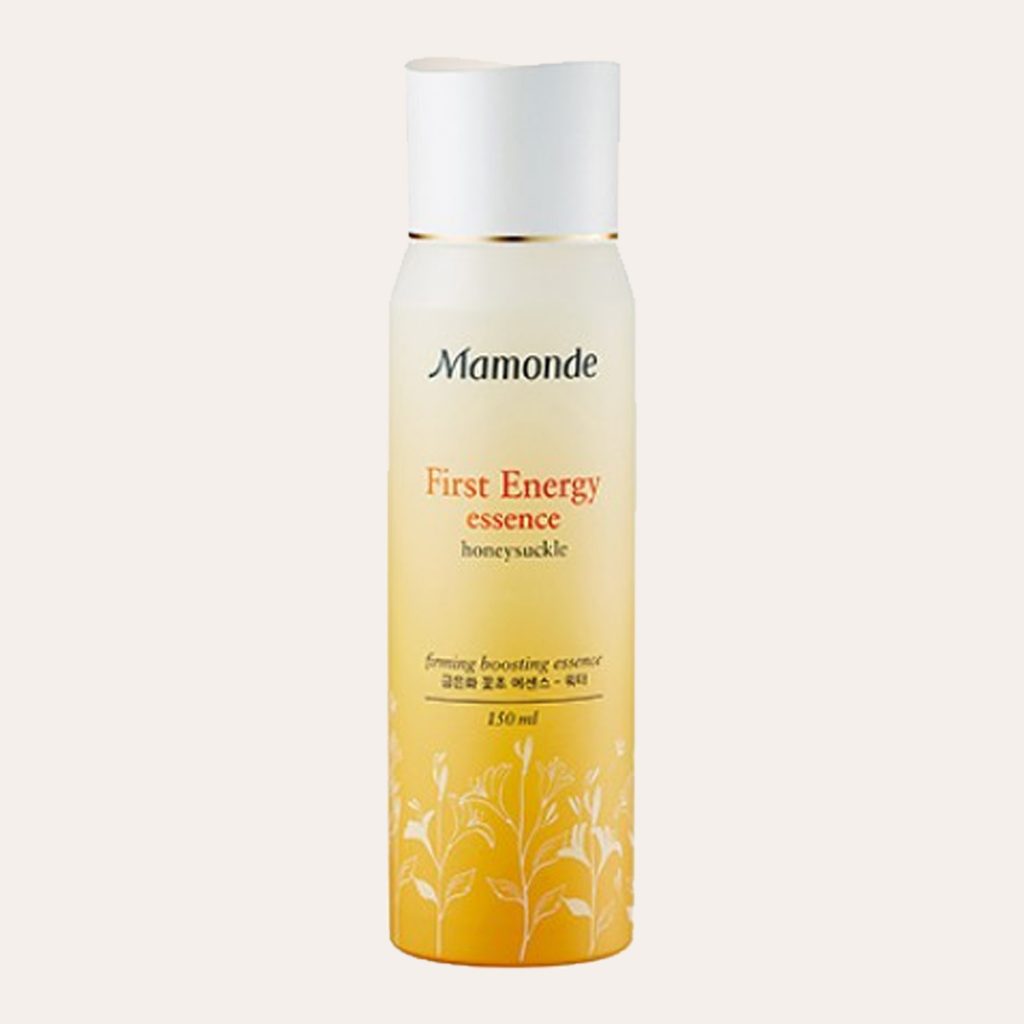
Mamonde
First Energy Essence
(SHOP)
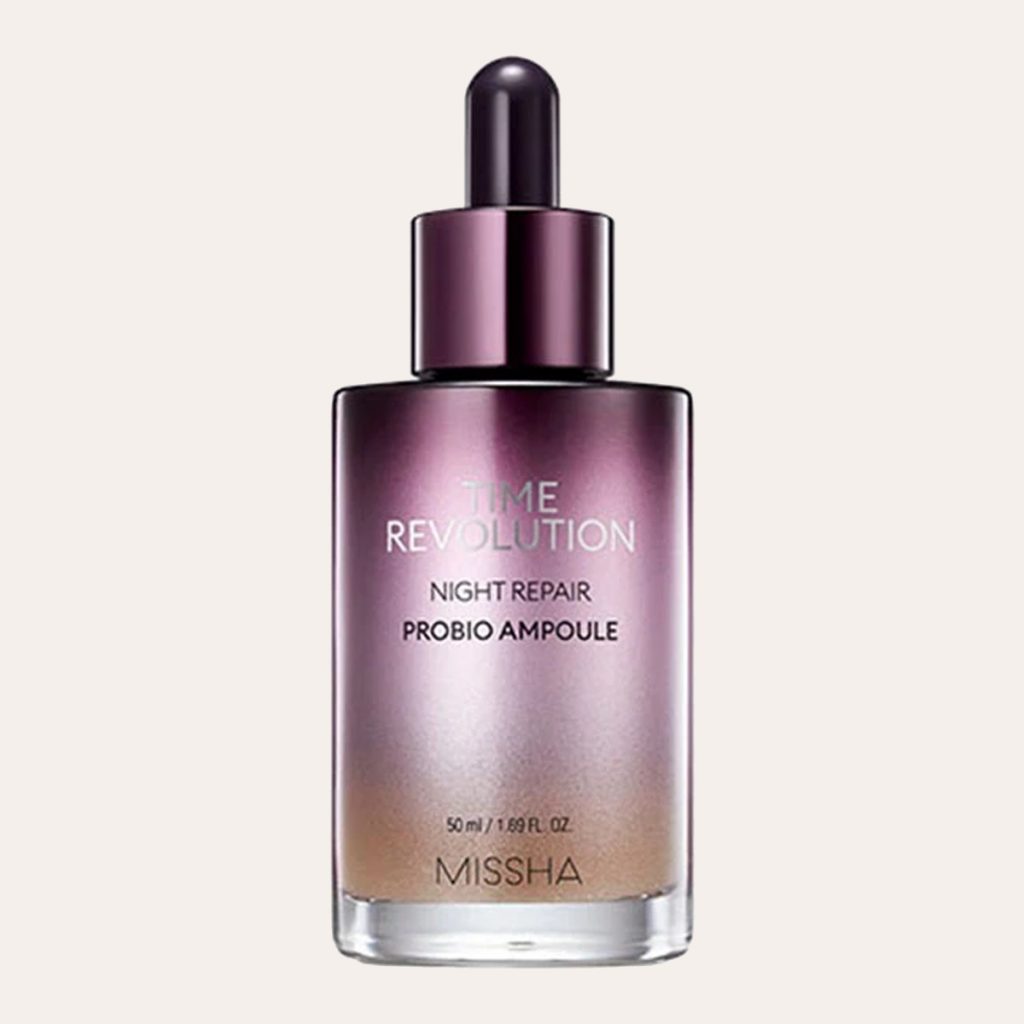
Missha
Time Revolution Night Repair Probio Ampoule
(SHOP)
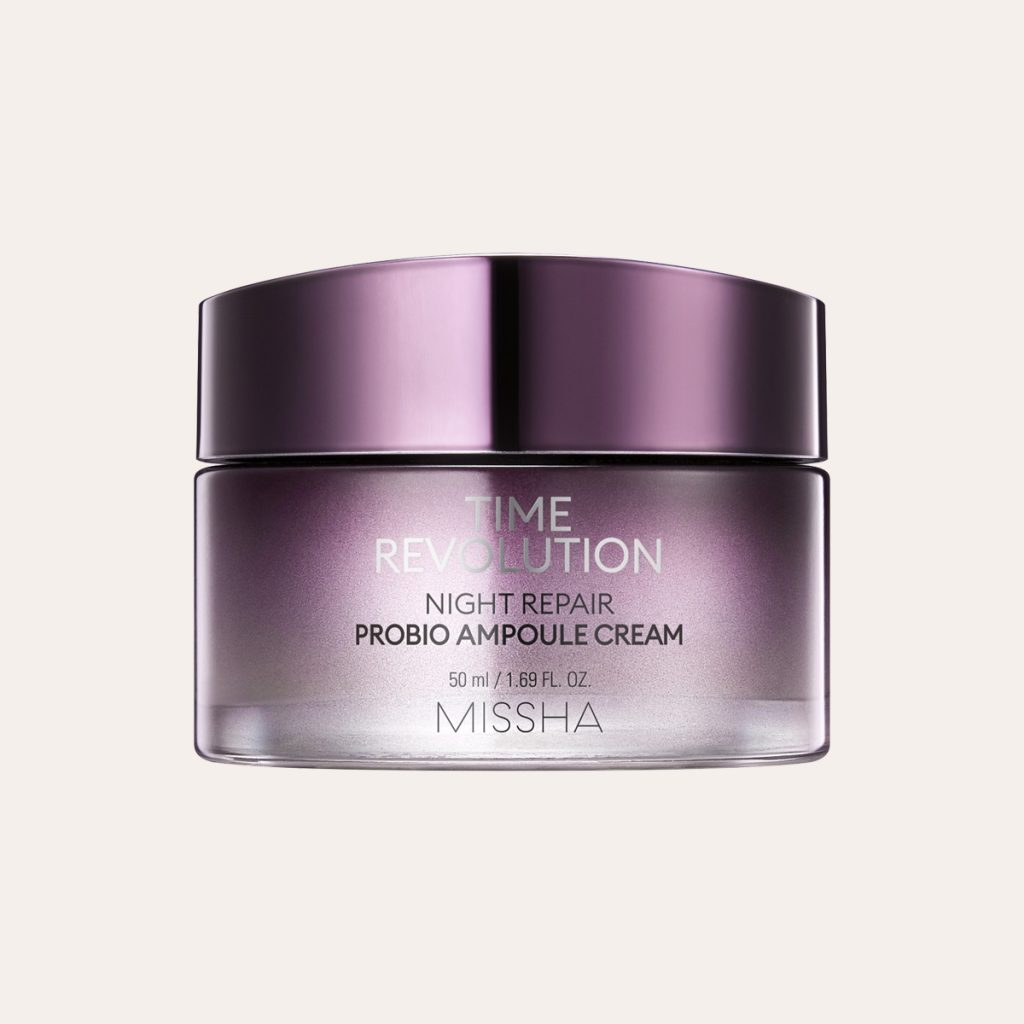
Missha
Time Revolution Night Repair Probio Ampoule Cream
(SHOP)
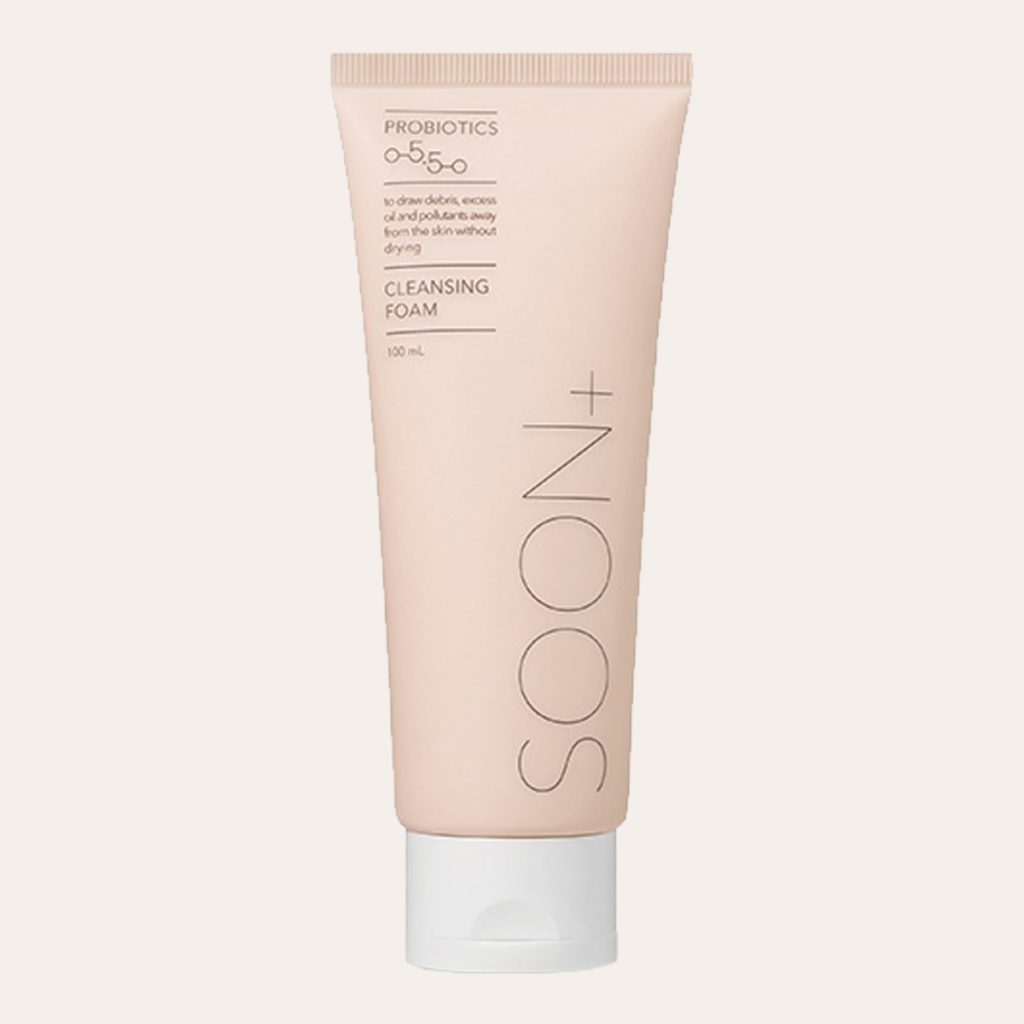
Soon+
Probiotics Balancing Cleansing Foam
(SHOP)
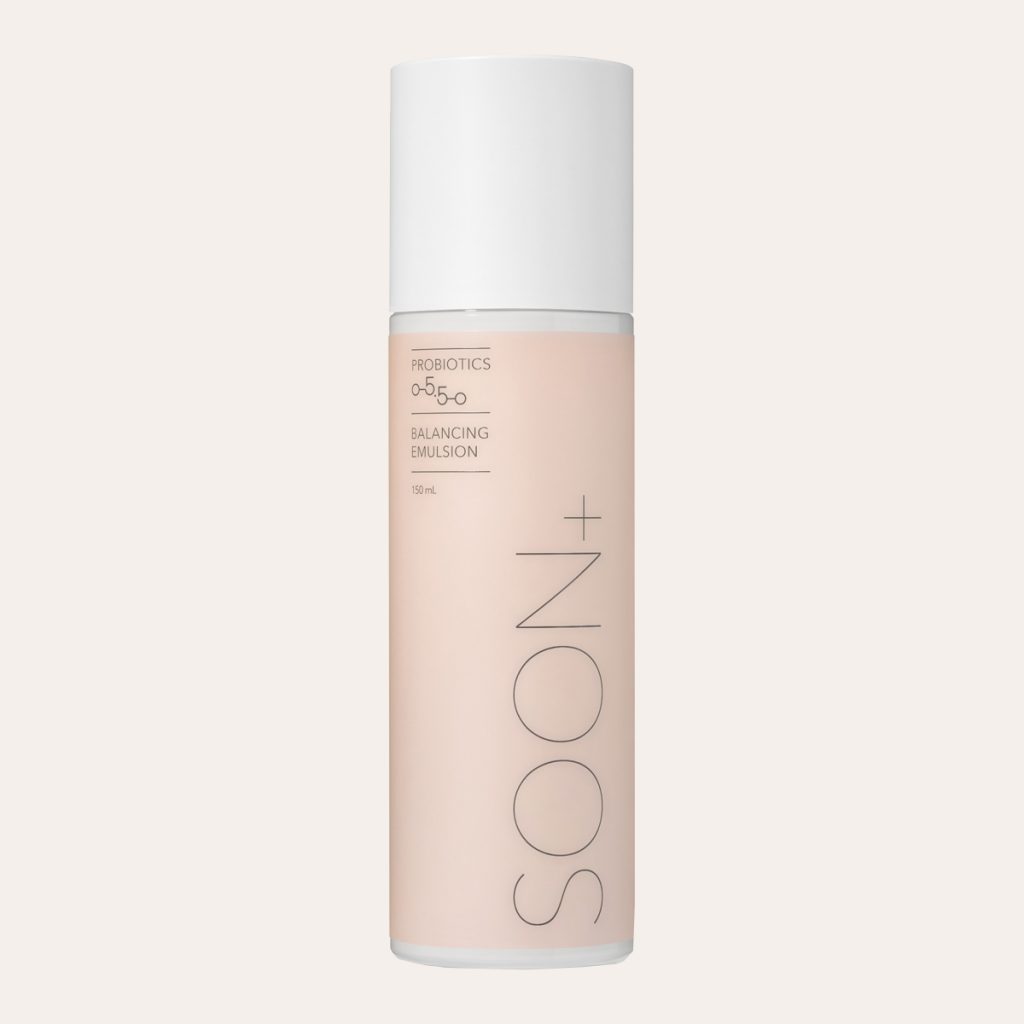
Soon+
Probiotics Balancing Emulsion
(SHOP)
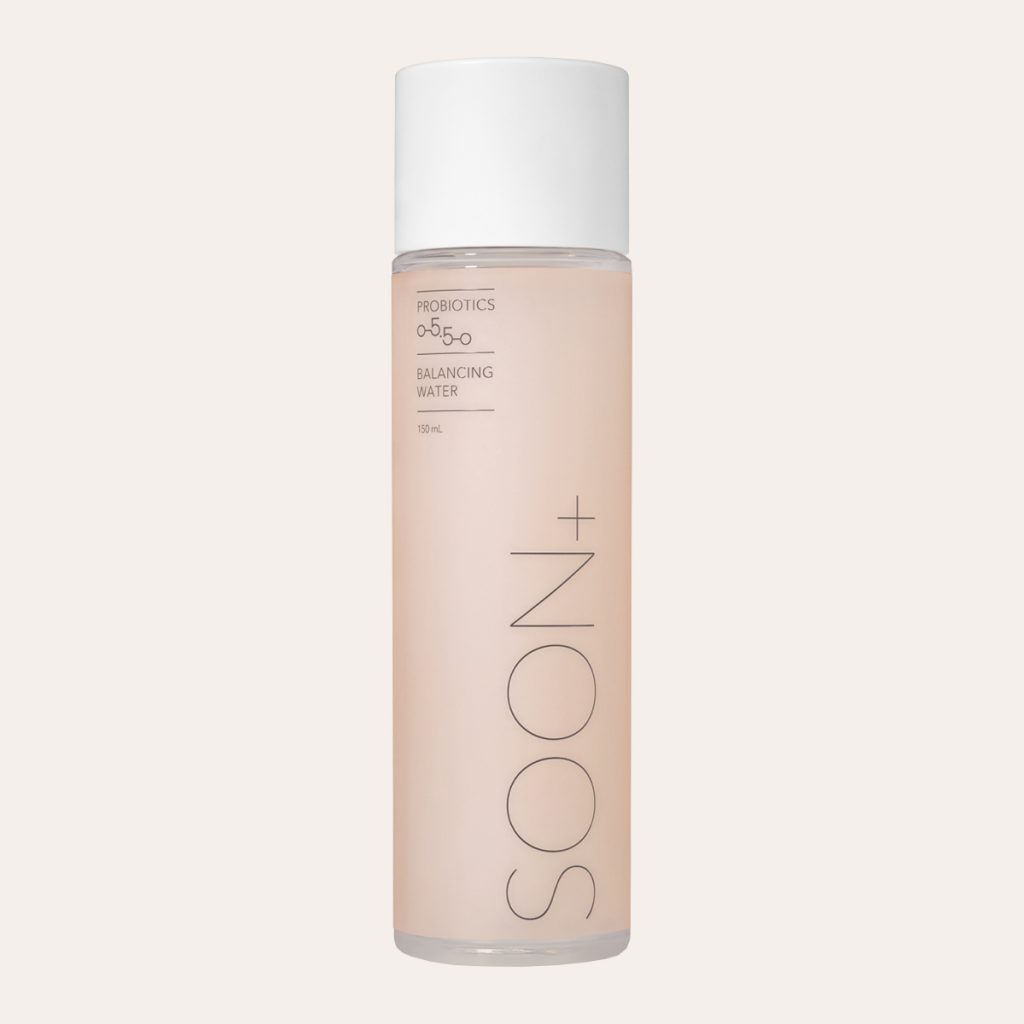
Soon+
Probiotics Balancing Water
(SHOP)
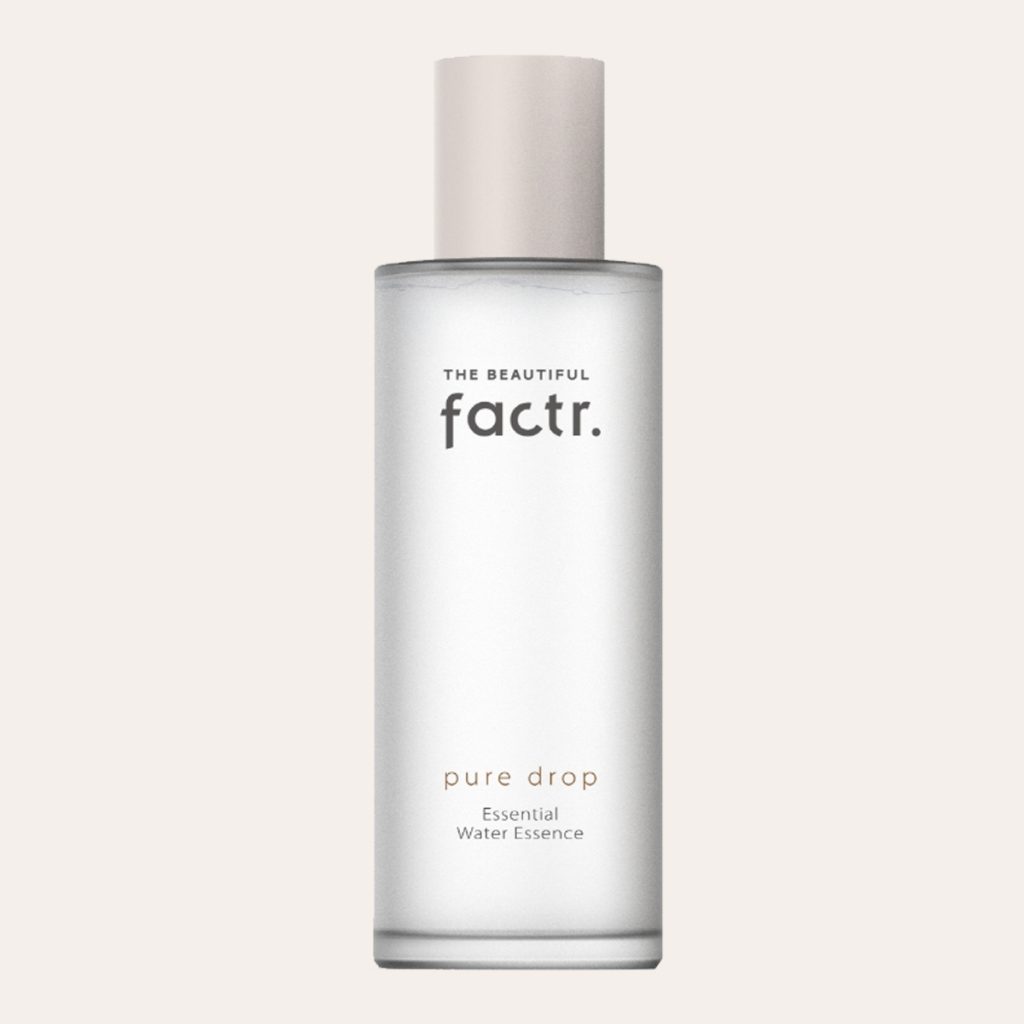
The Beautiful Factr.
Pure Drop Essential Water Essence
(SHOP)
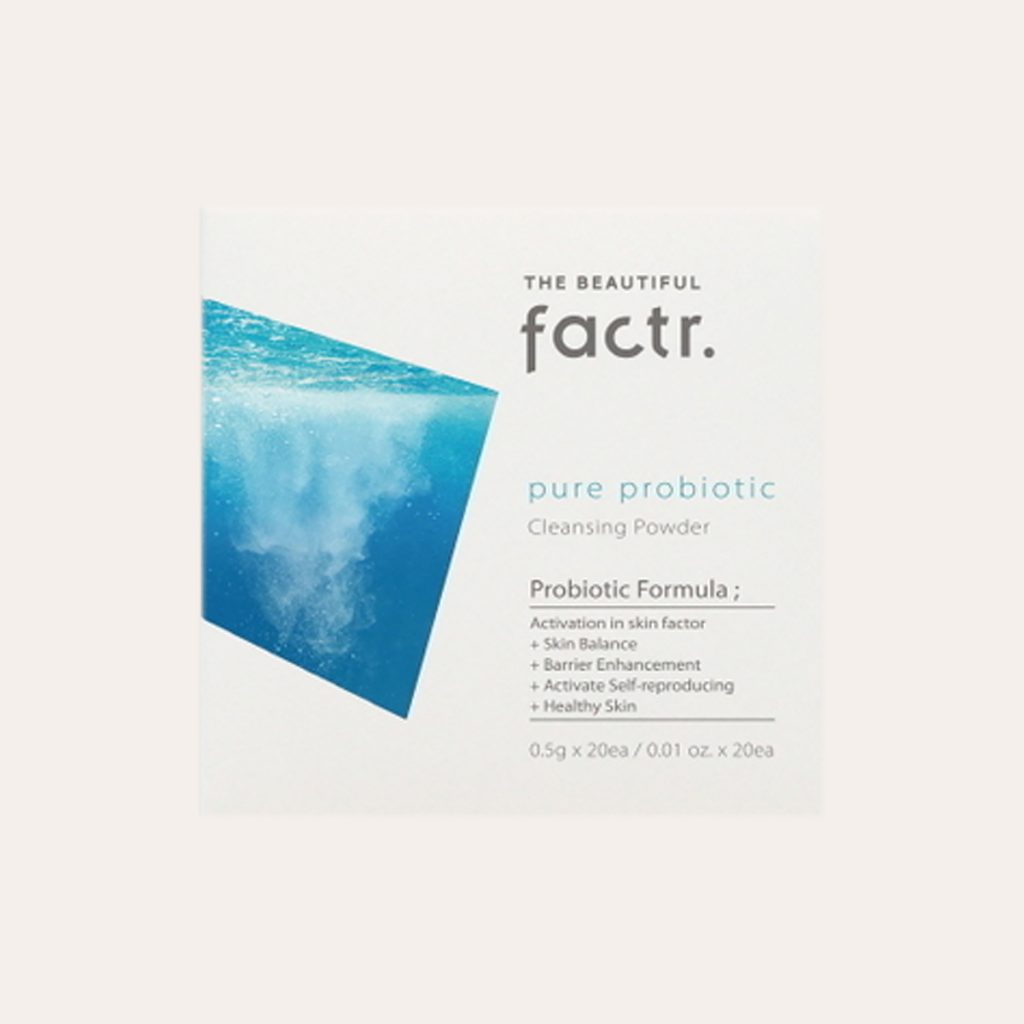
The Beautiful Factr.
Pure Probiotic cleansing powder
(SHOP)
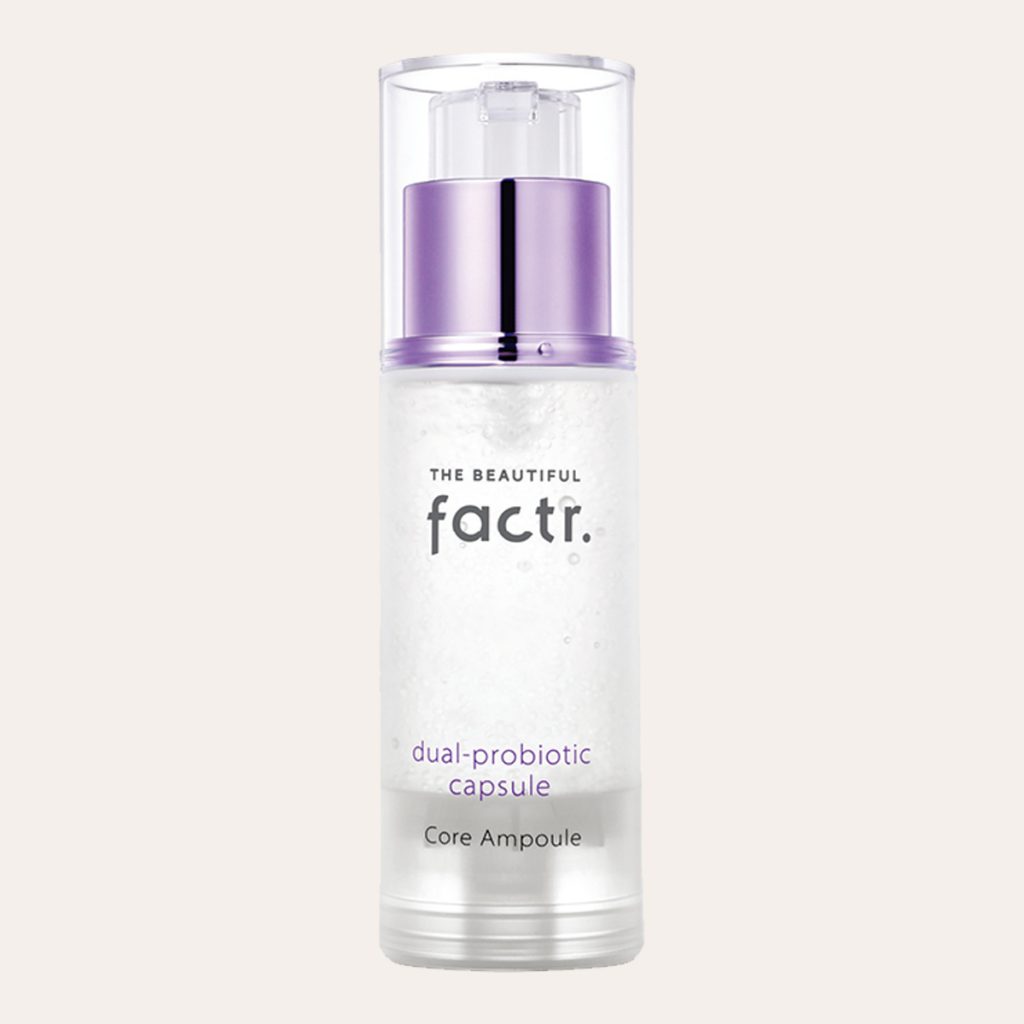
The Beautiful Factr.
Dual Probiotic Capsule Core Ampoule
(SHOP)
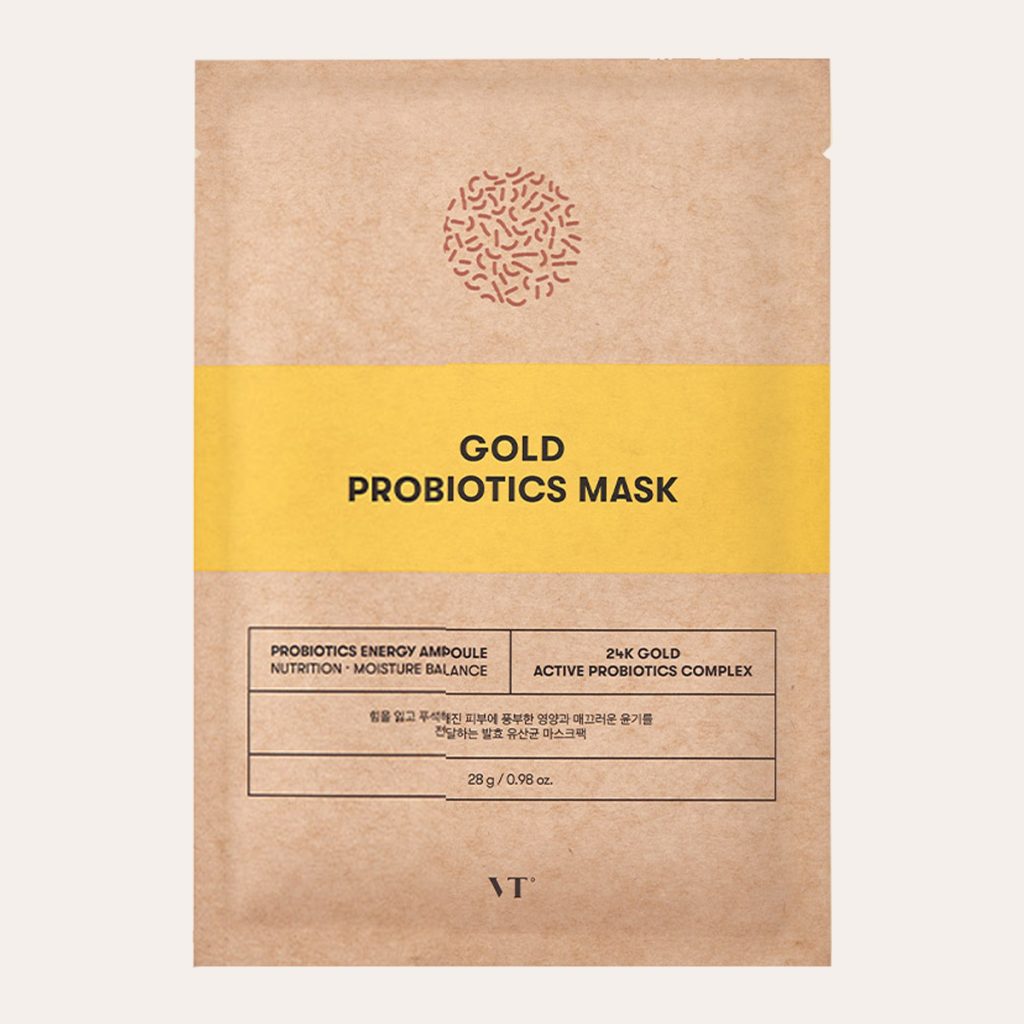
VT Cosmetics
Gold Probiotics Mask
(SHOP)
Resources
Beauty+. (2019). 프로바이오틱스, 살아서 피부까지. Beauty+. (link)
Kim, D. (2019). What fine dust does to human body. The Korea Herald. (link)
Mintel (2019). Decoding skin sensitivity in Asia. Mintel.
강현숙. (2019). 먹지 않고 바르는 유산균 화장품, ‘반짝’ 효과로 Stop?. 주간동아. (link)
김상은 (Ed.). (2019). 얼굴에 바르는 유산균. Marie Claire Korea. (link)
서혜원. (2019). 바르는 유산균. Allure Korea. (link)
송정은 (Ed.). (2019). 피부도 유산균이 필요하다. Woman Sense. (link)
차유미. (2019). 피부에 바르는 유산균? 프로바이오틱스 스킨케어. Signature Magazine. (link)
최지유. (2019). 시카 다음엔? ‘유산균 더마’ 온다. Gènie Park. (link)
Cover image: Allure Korea
Translation, editing: © 2019 Odile Monod
